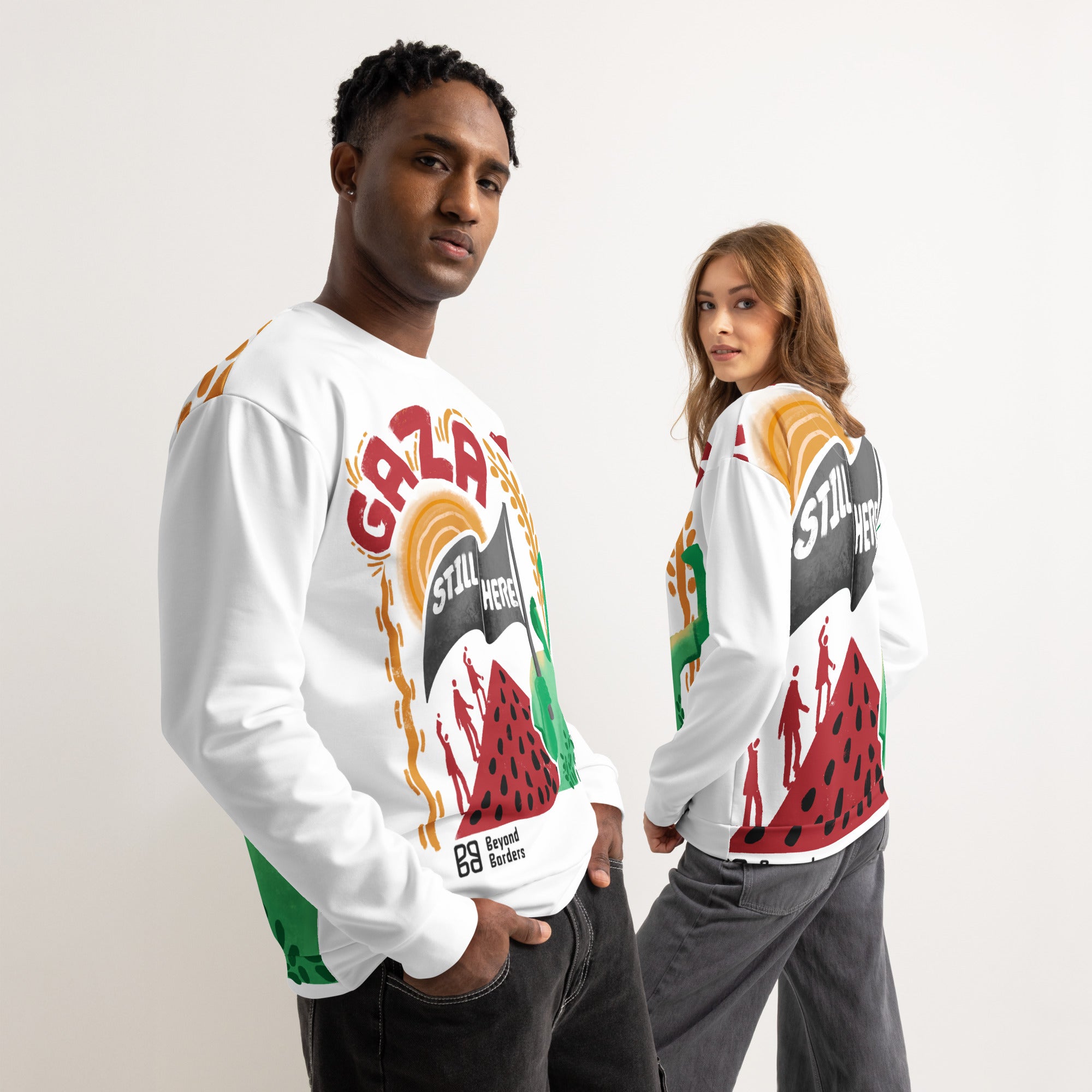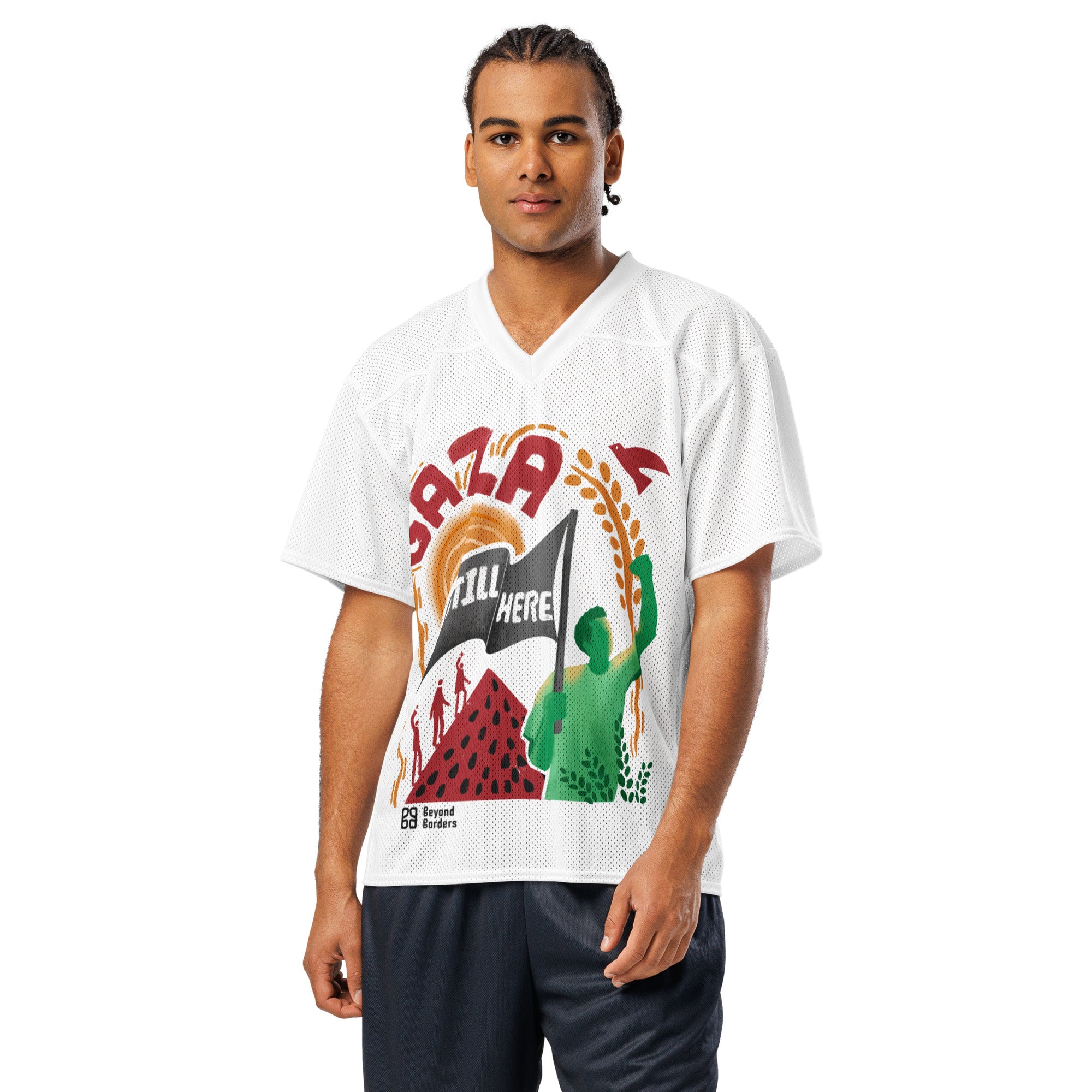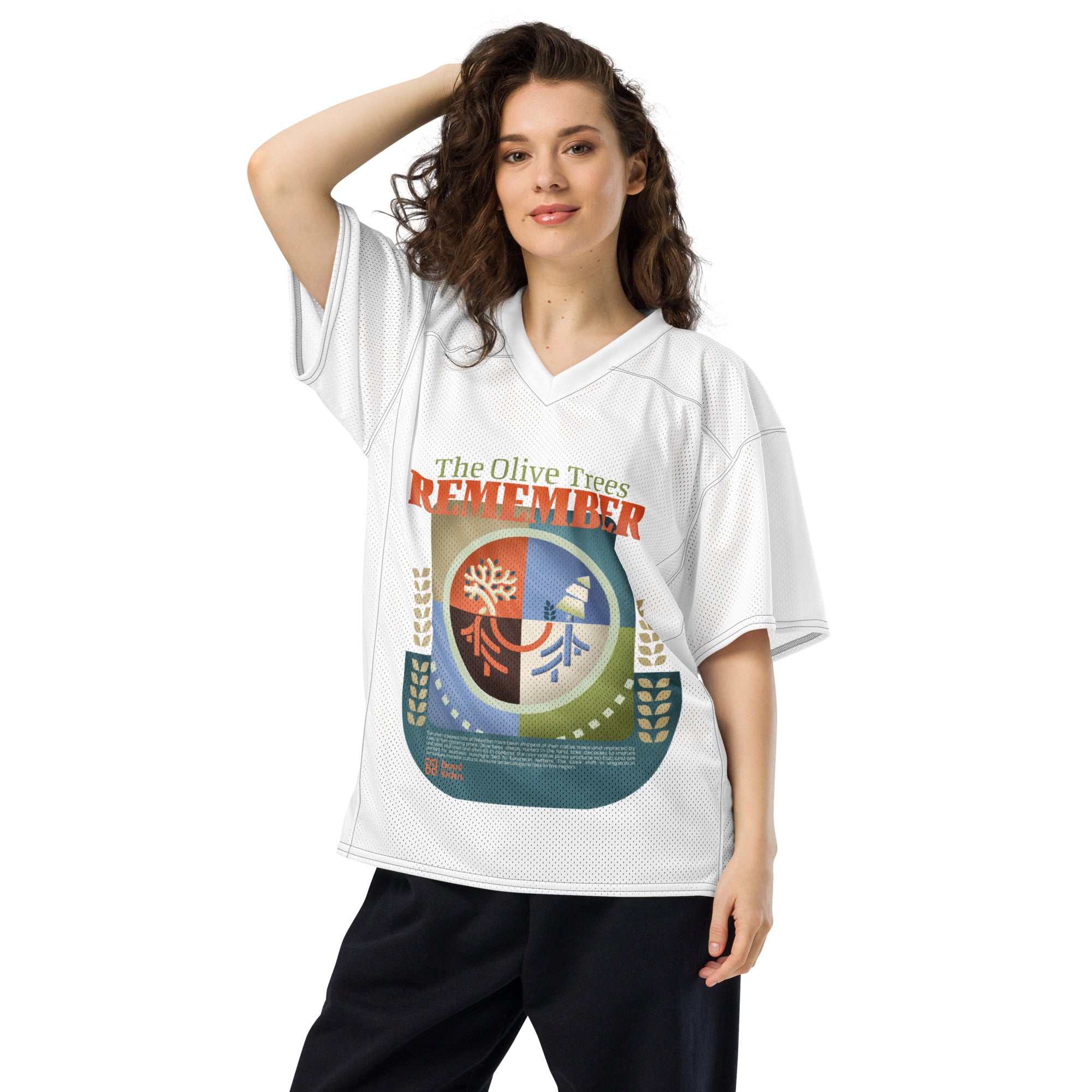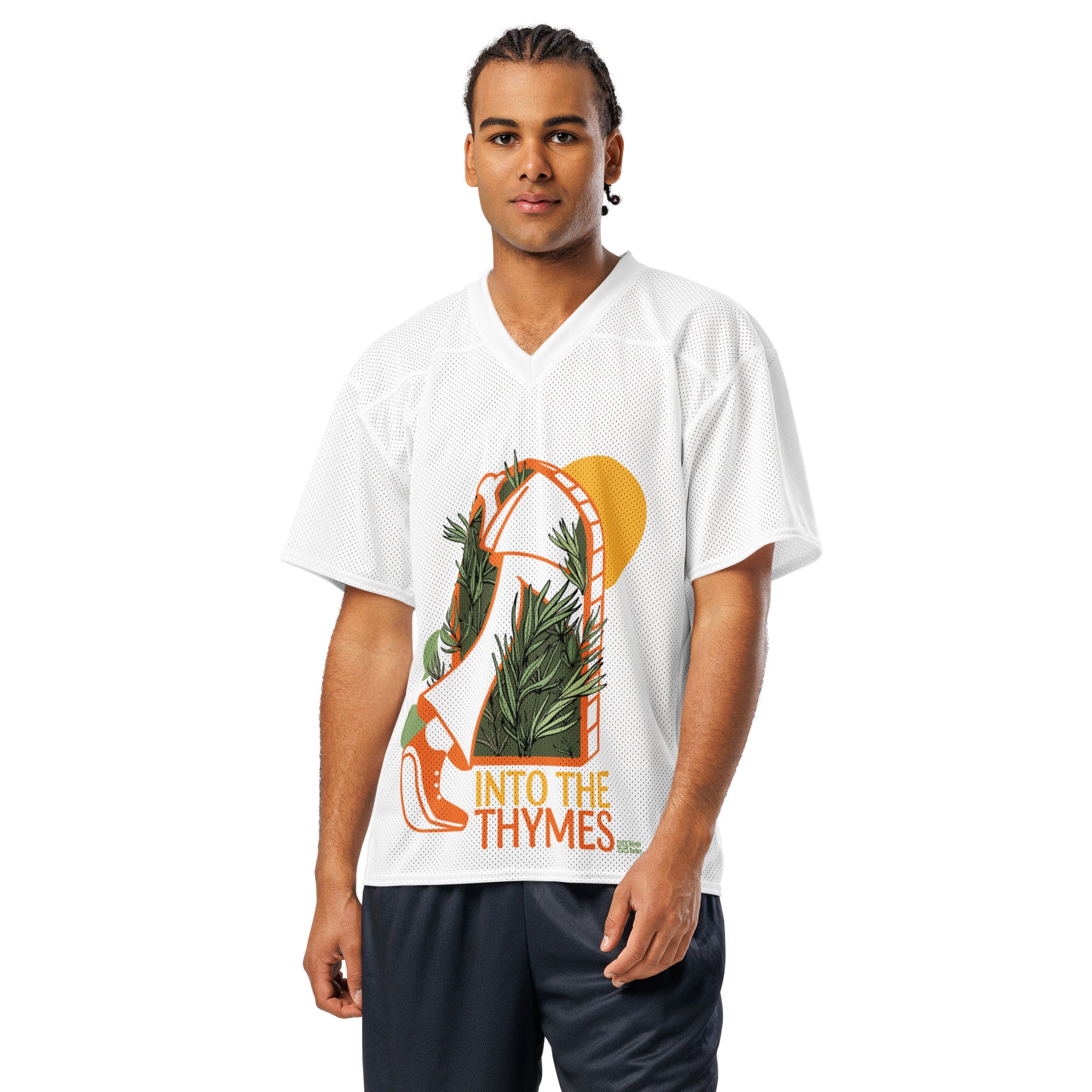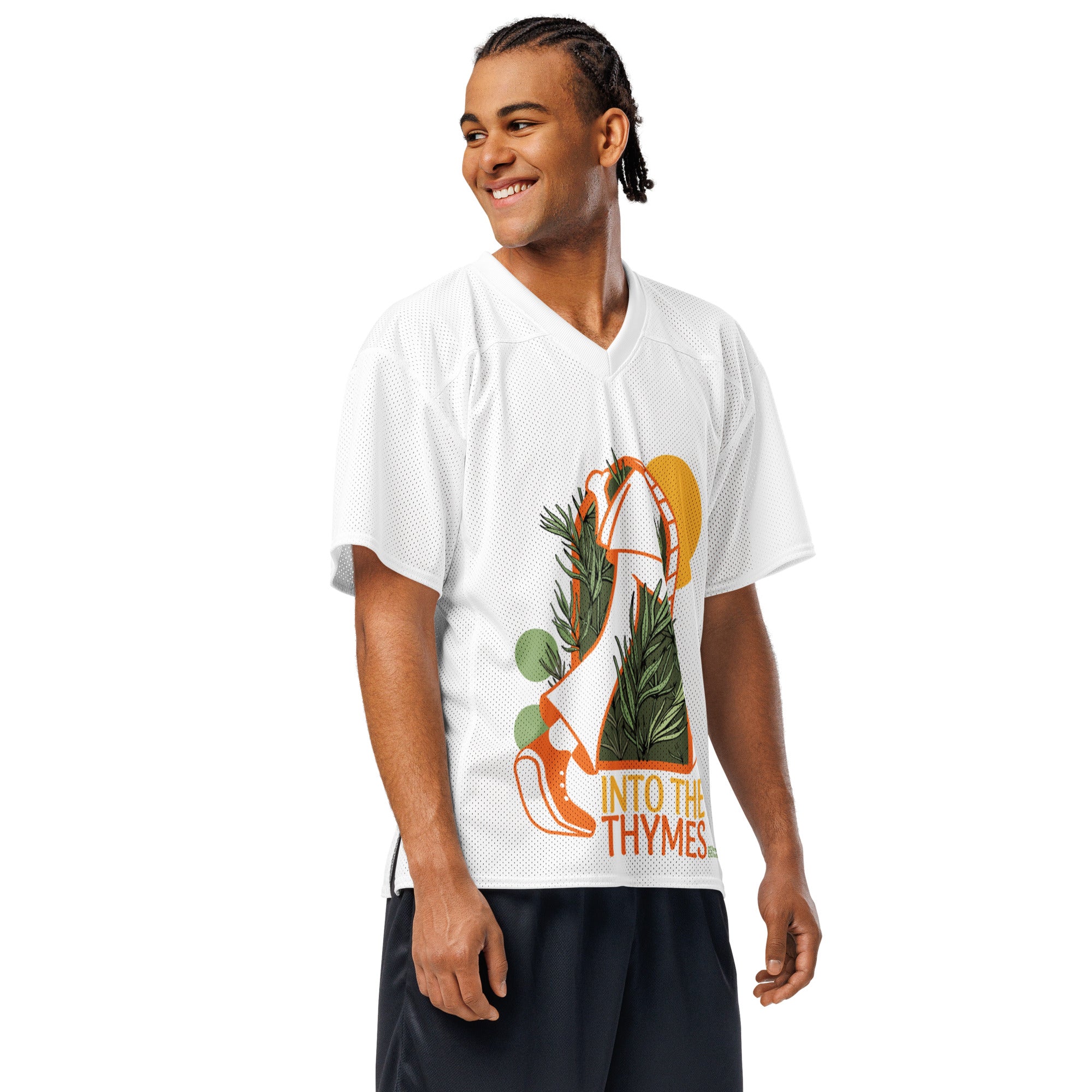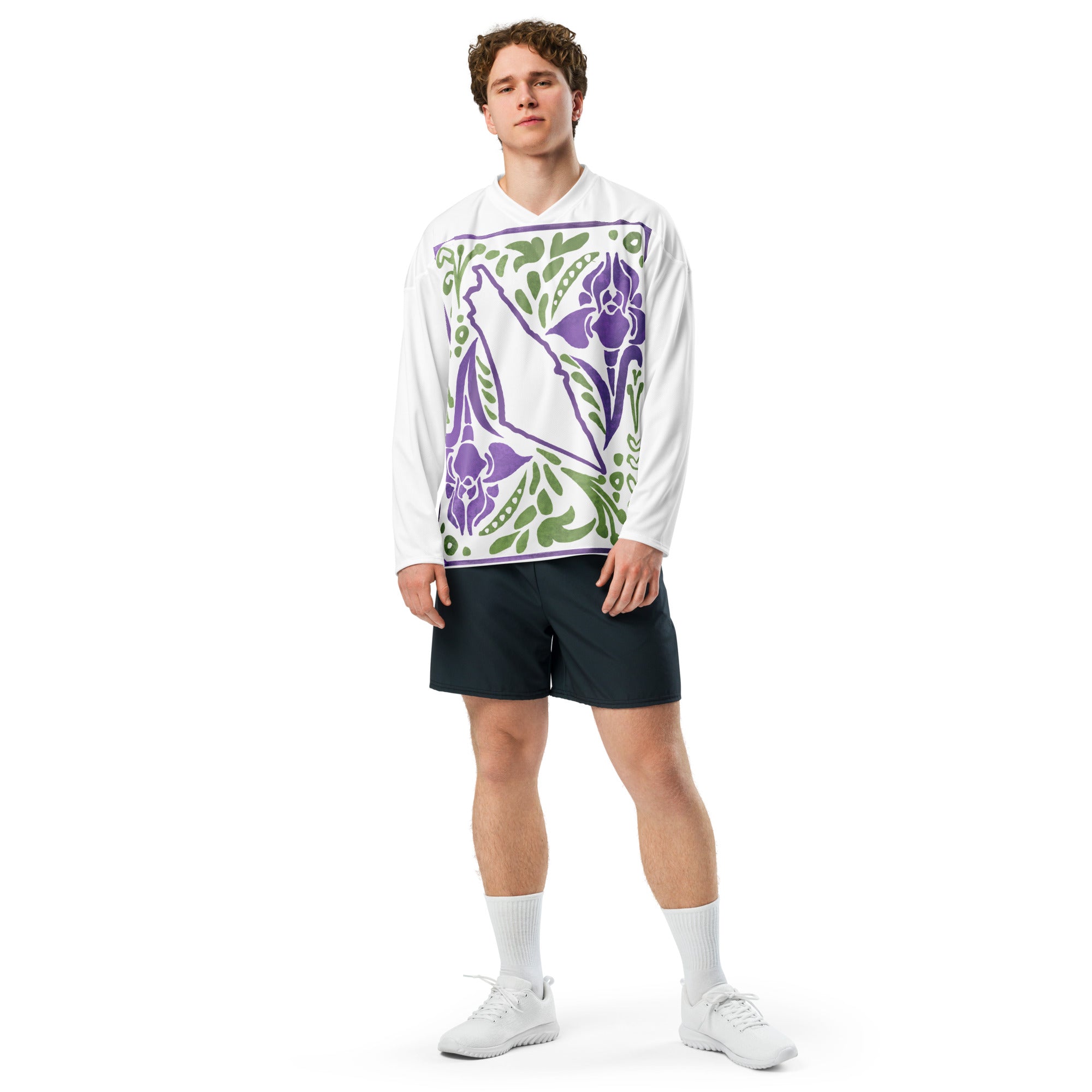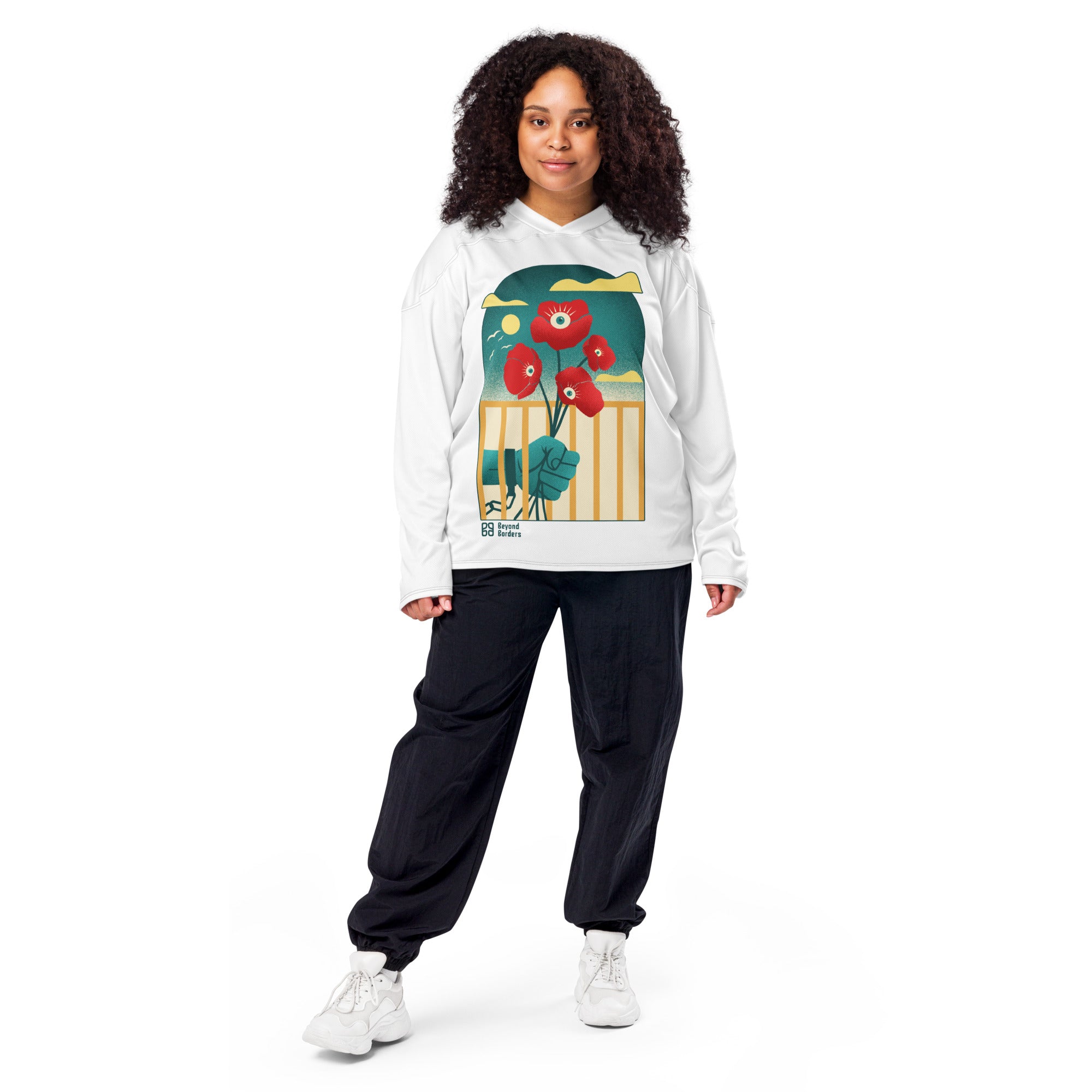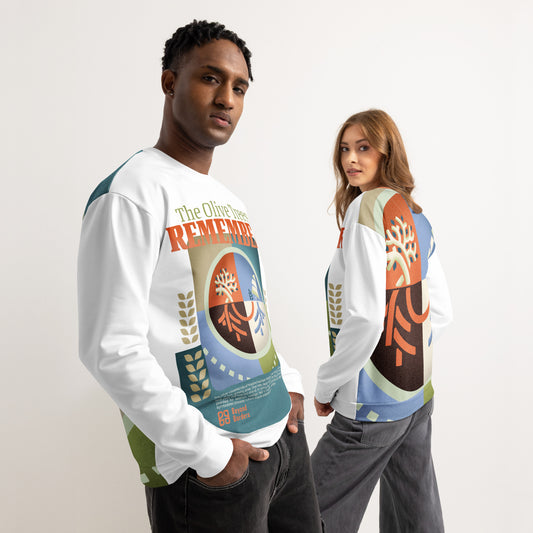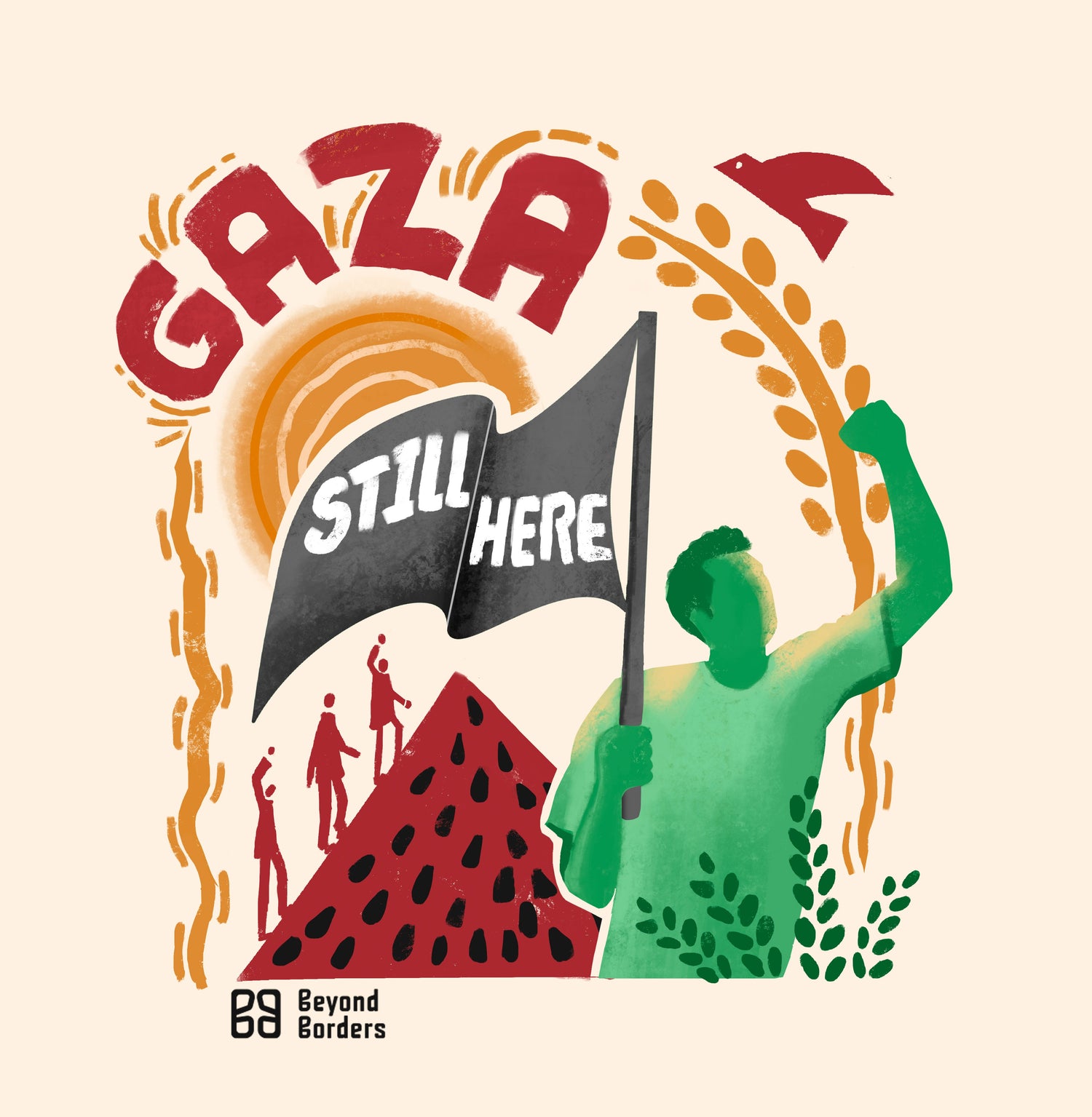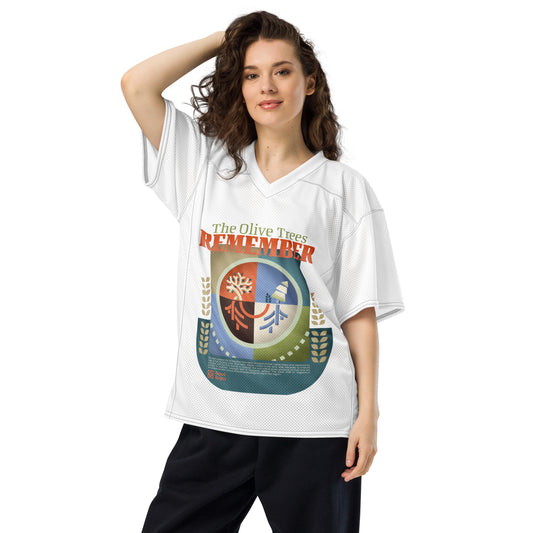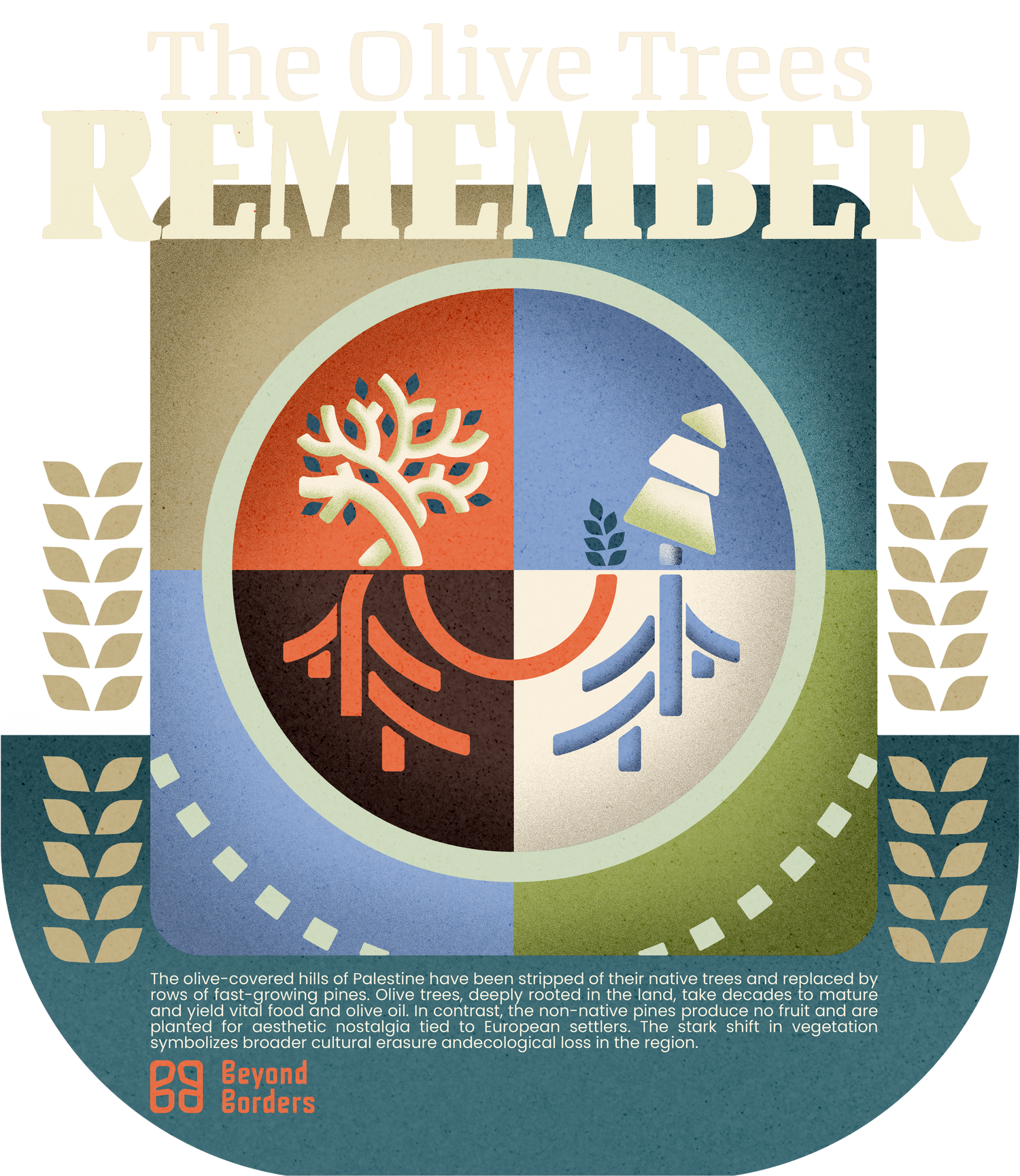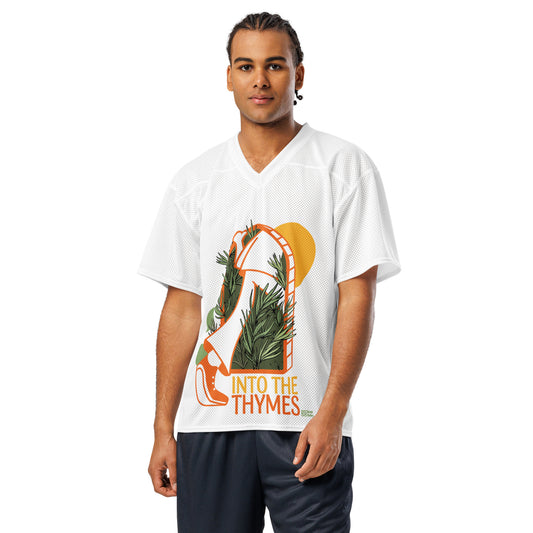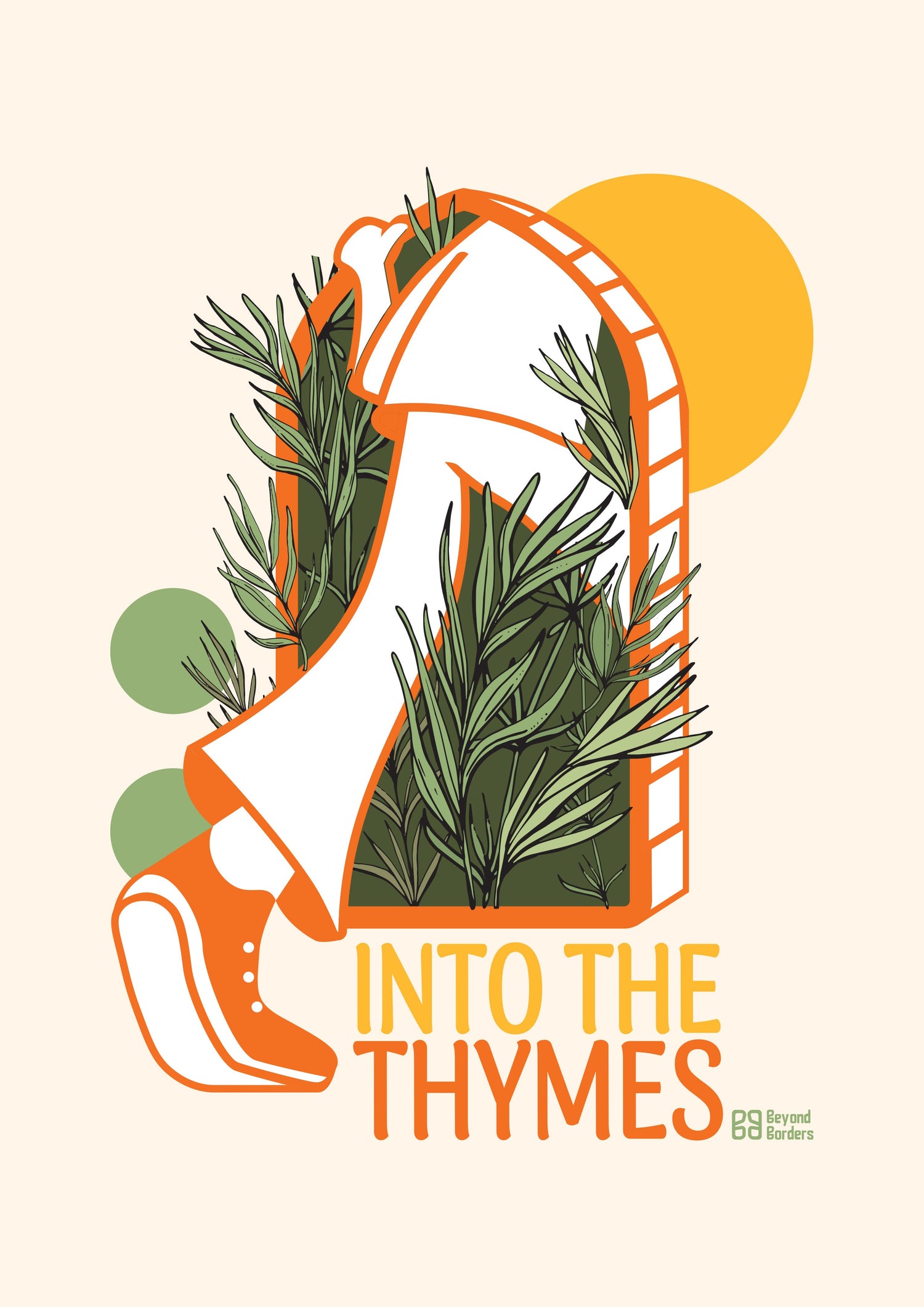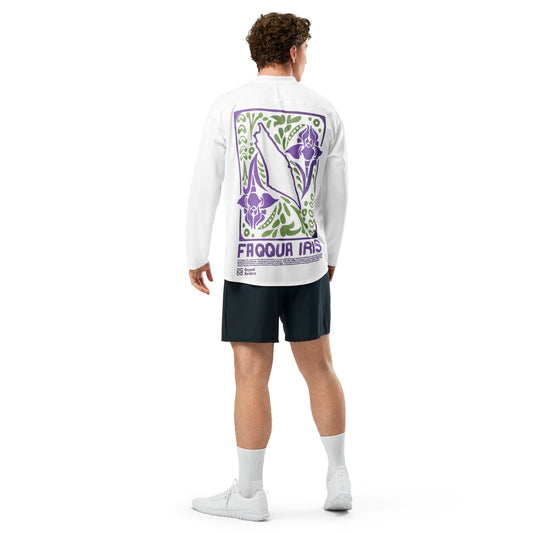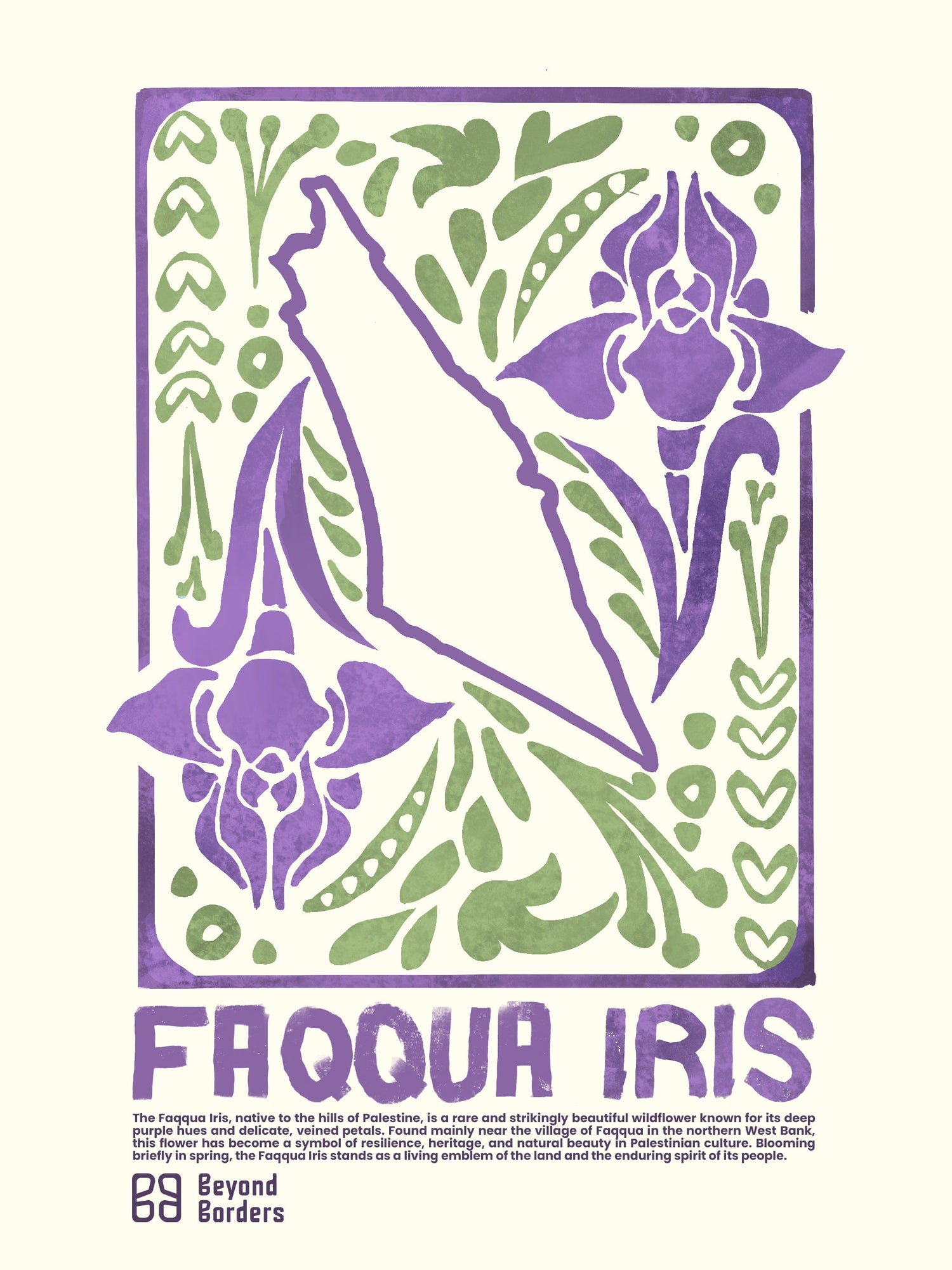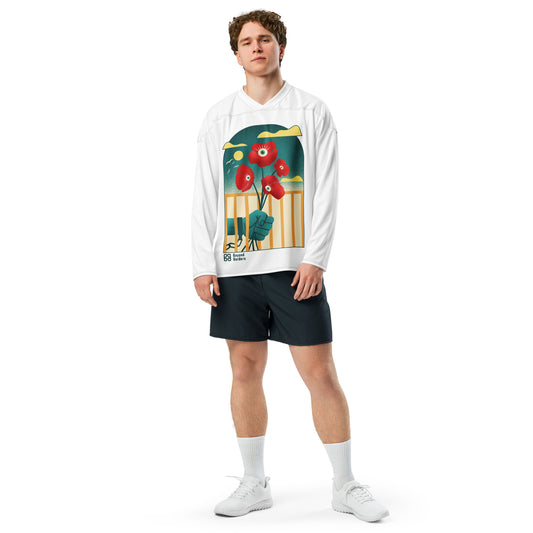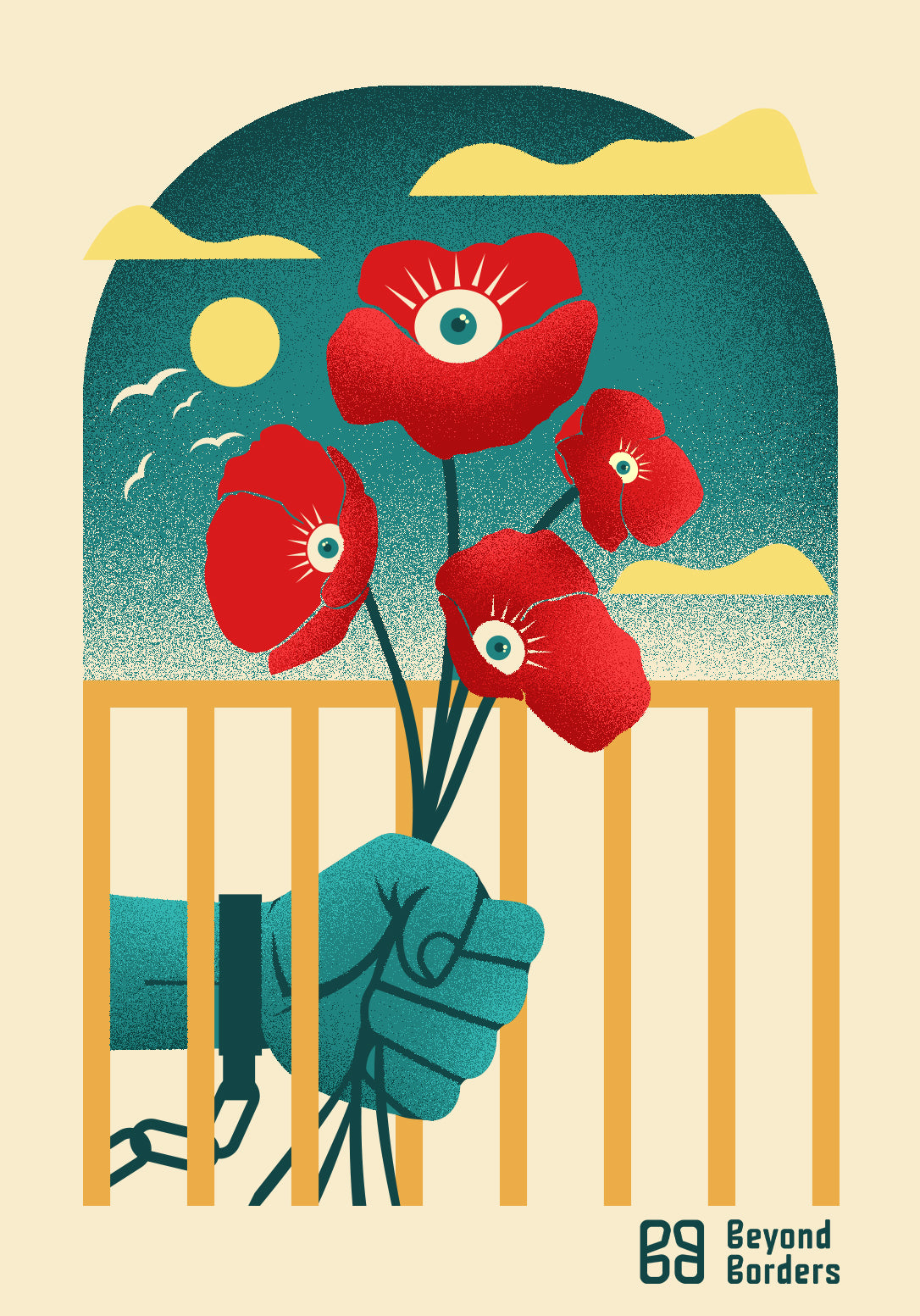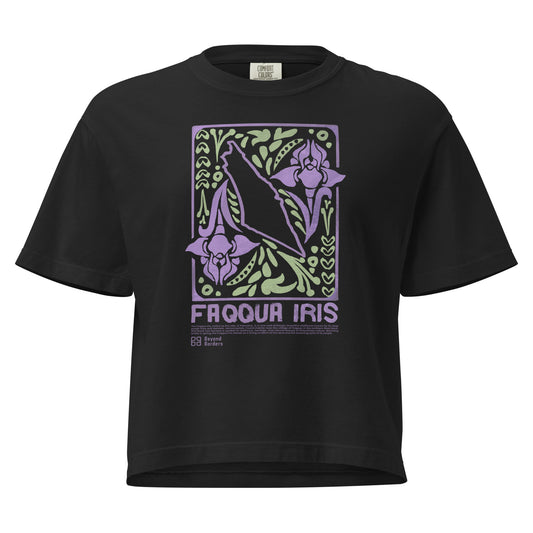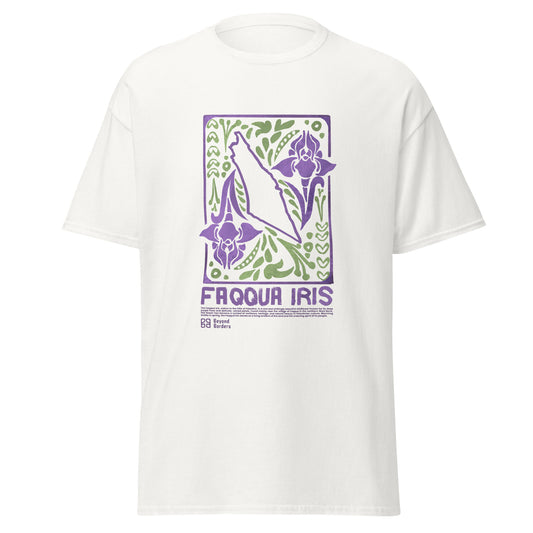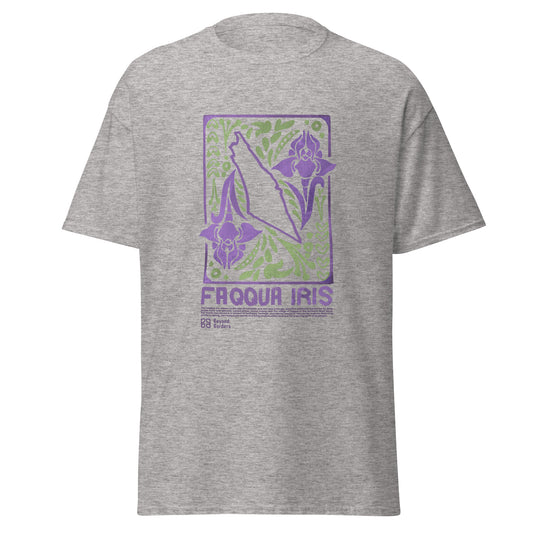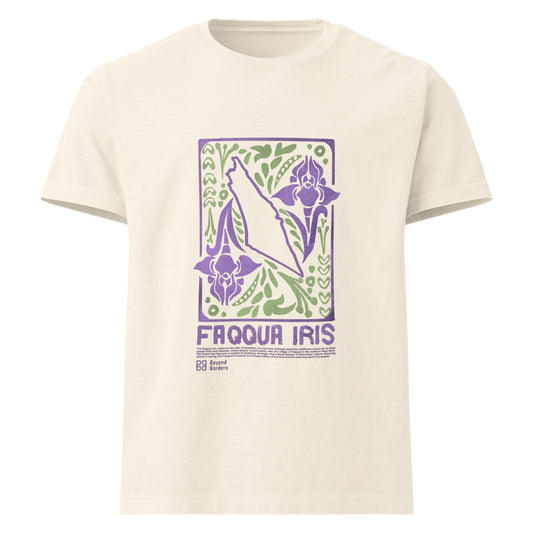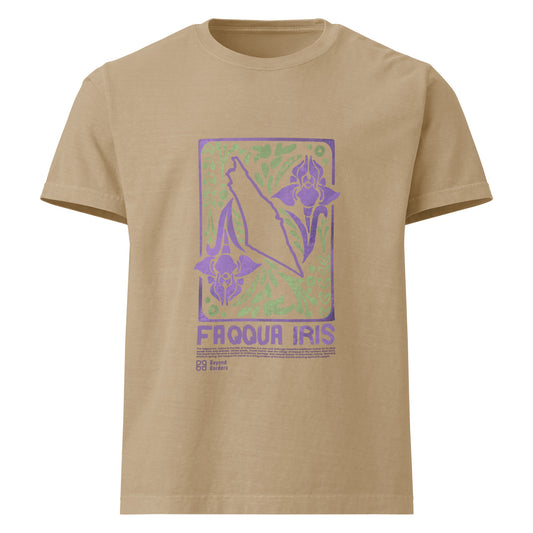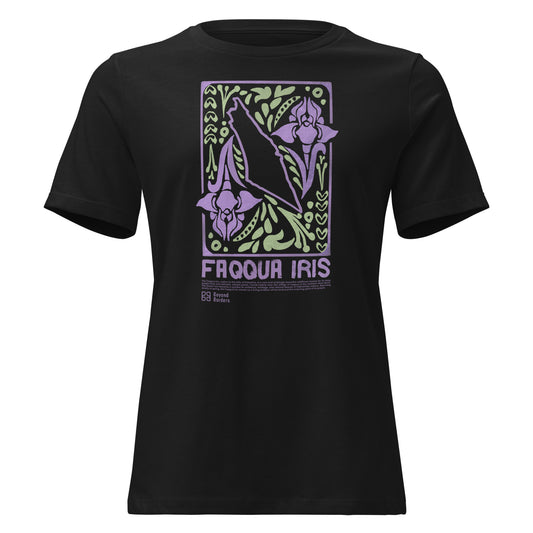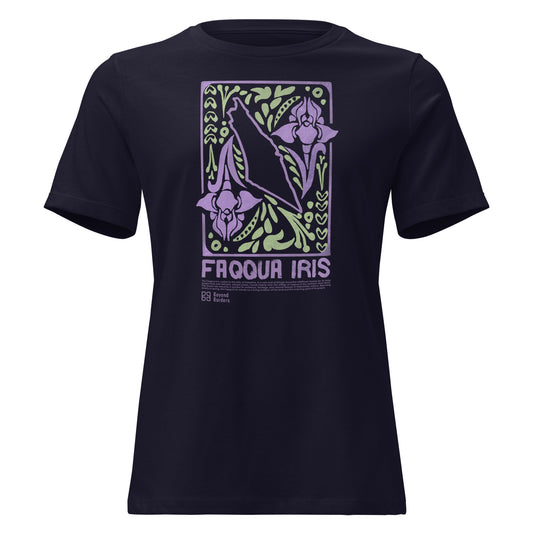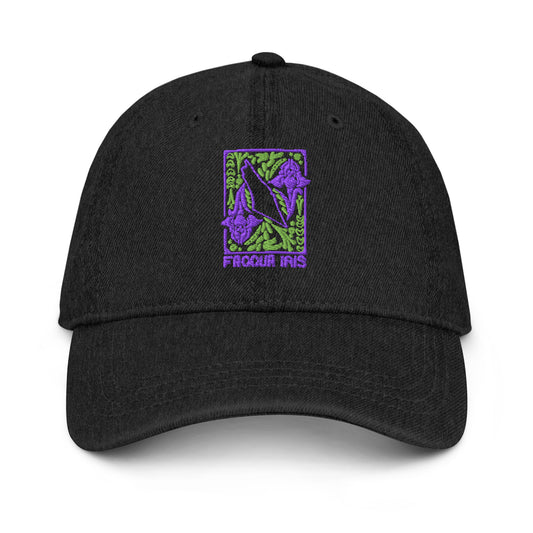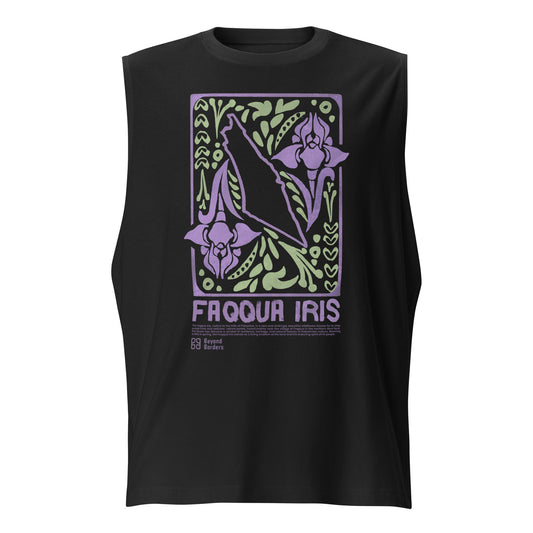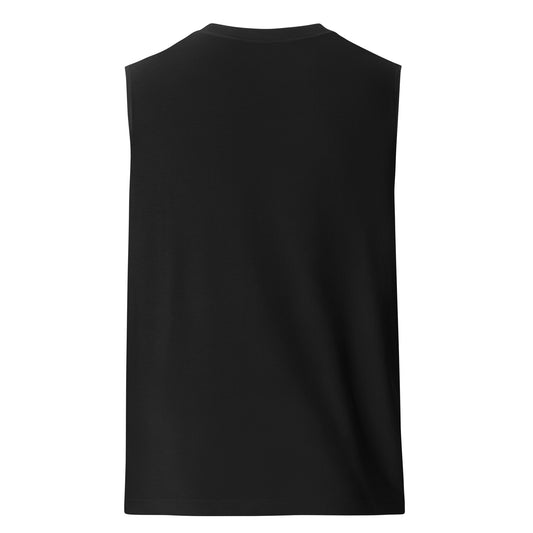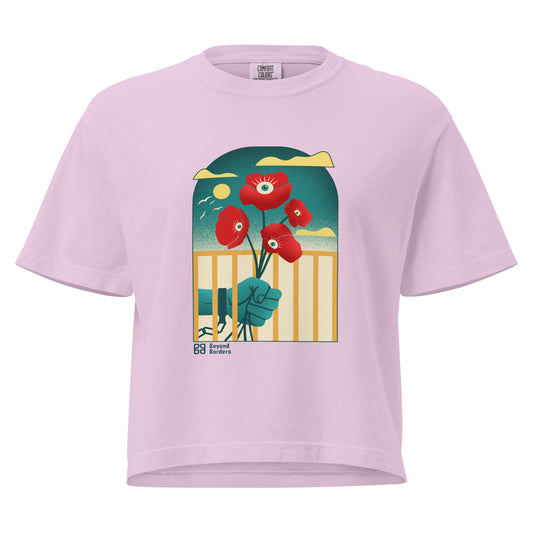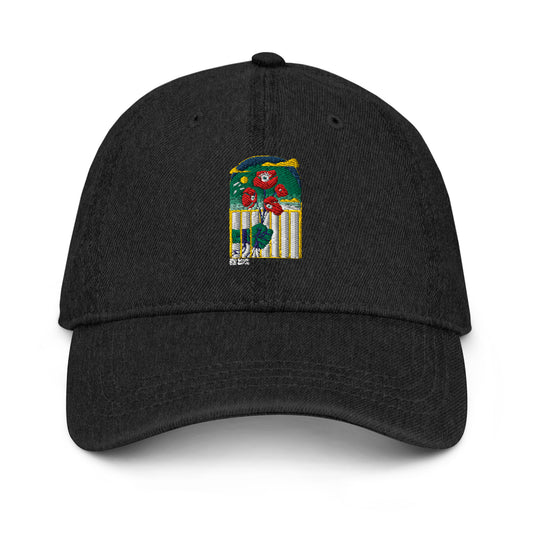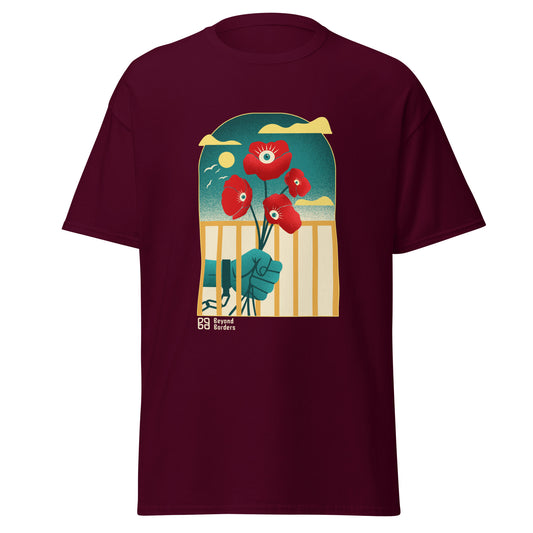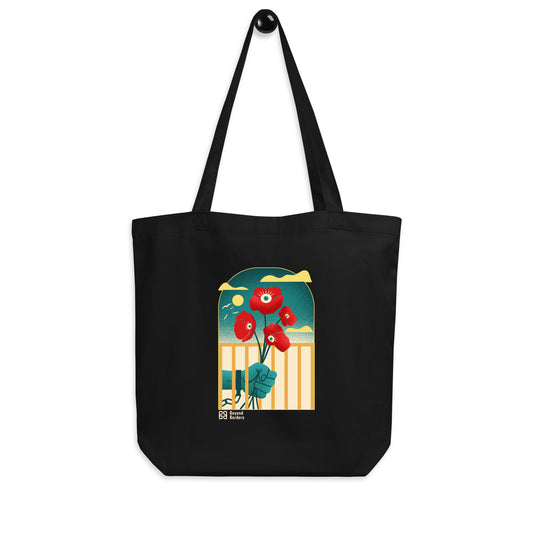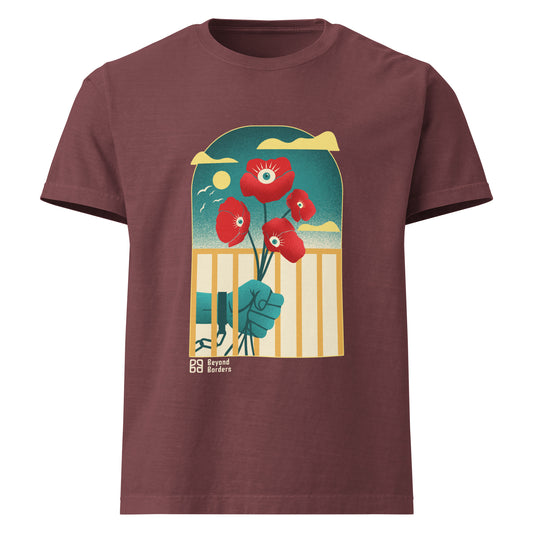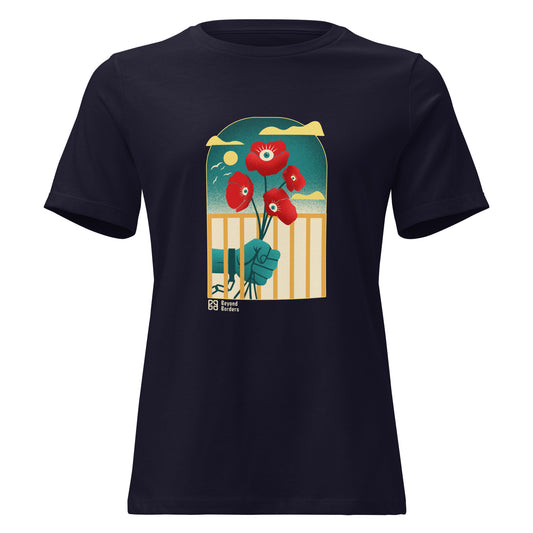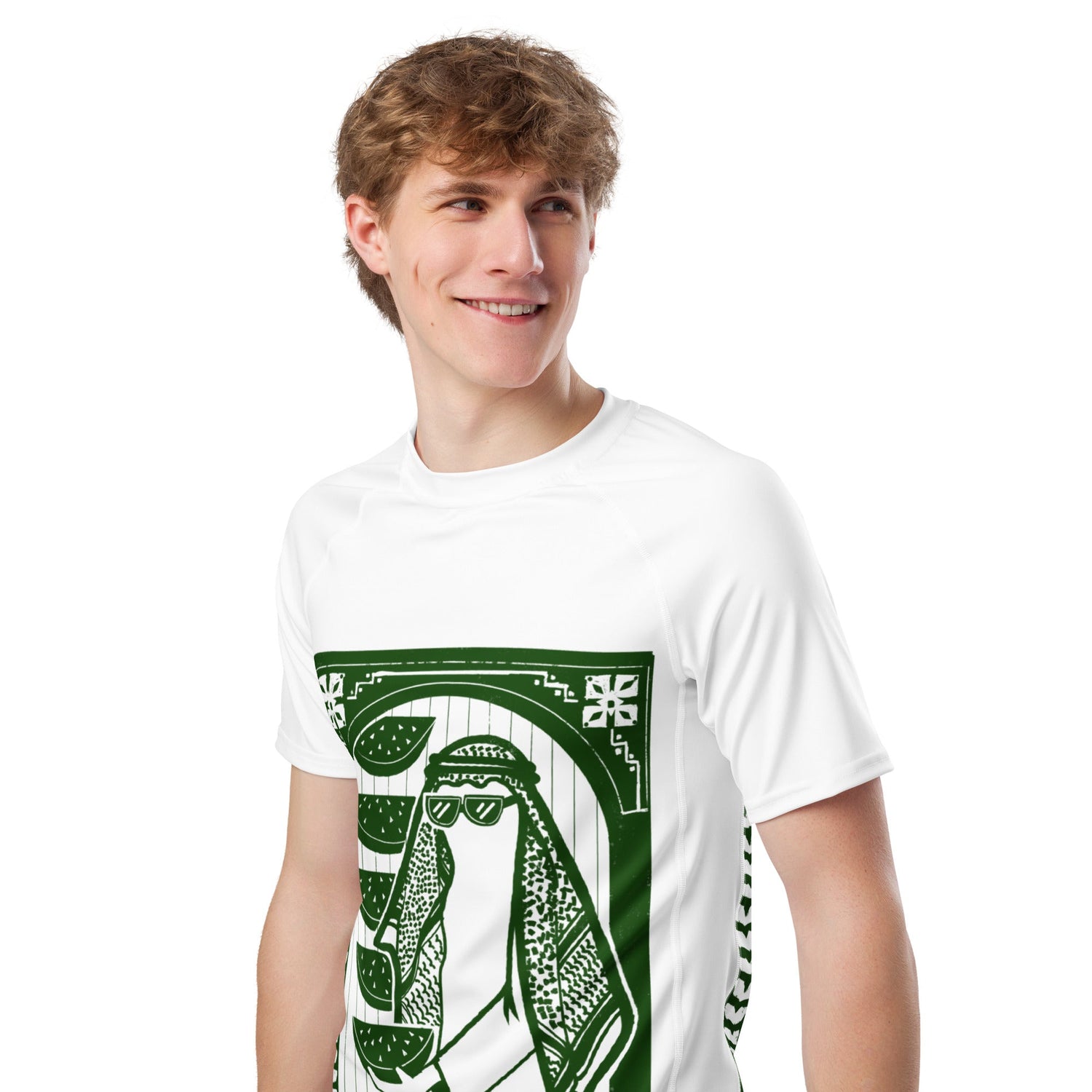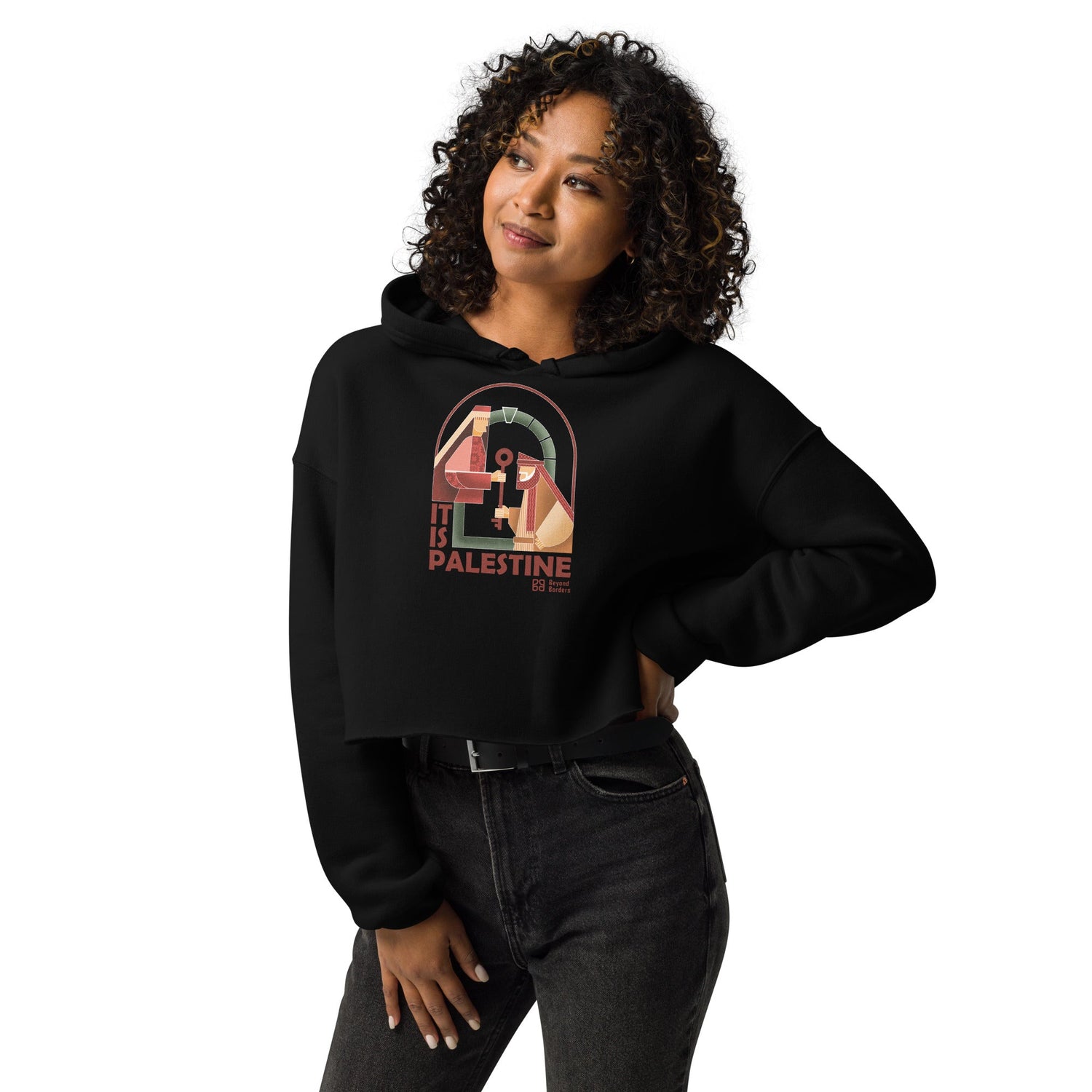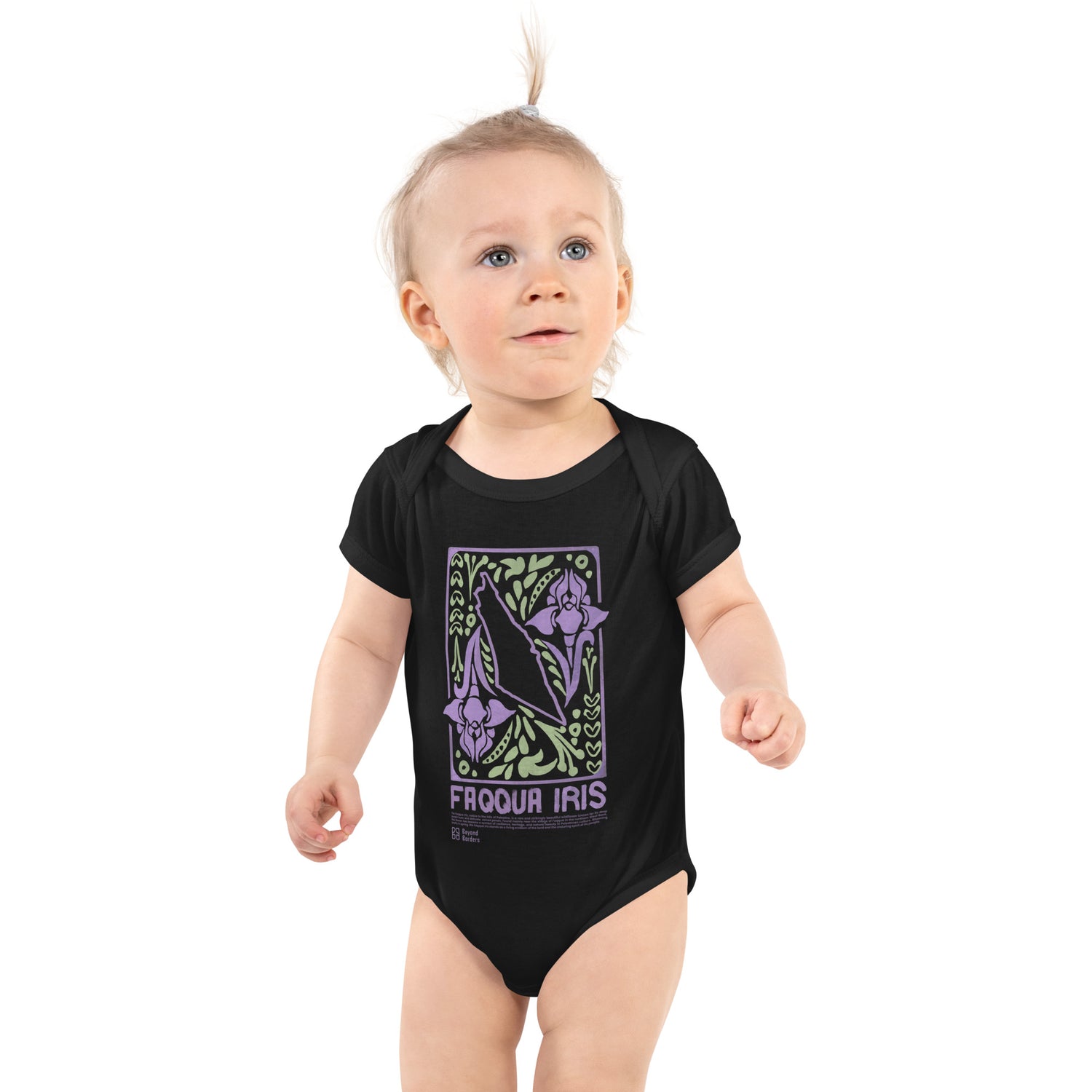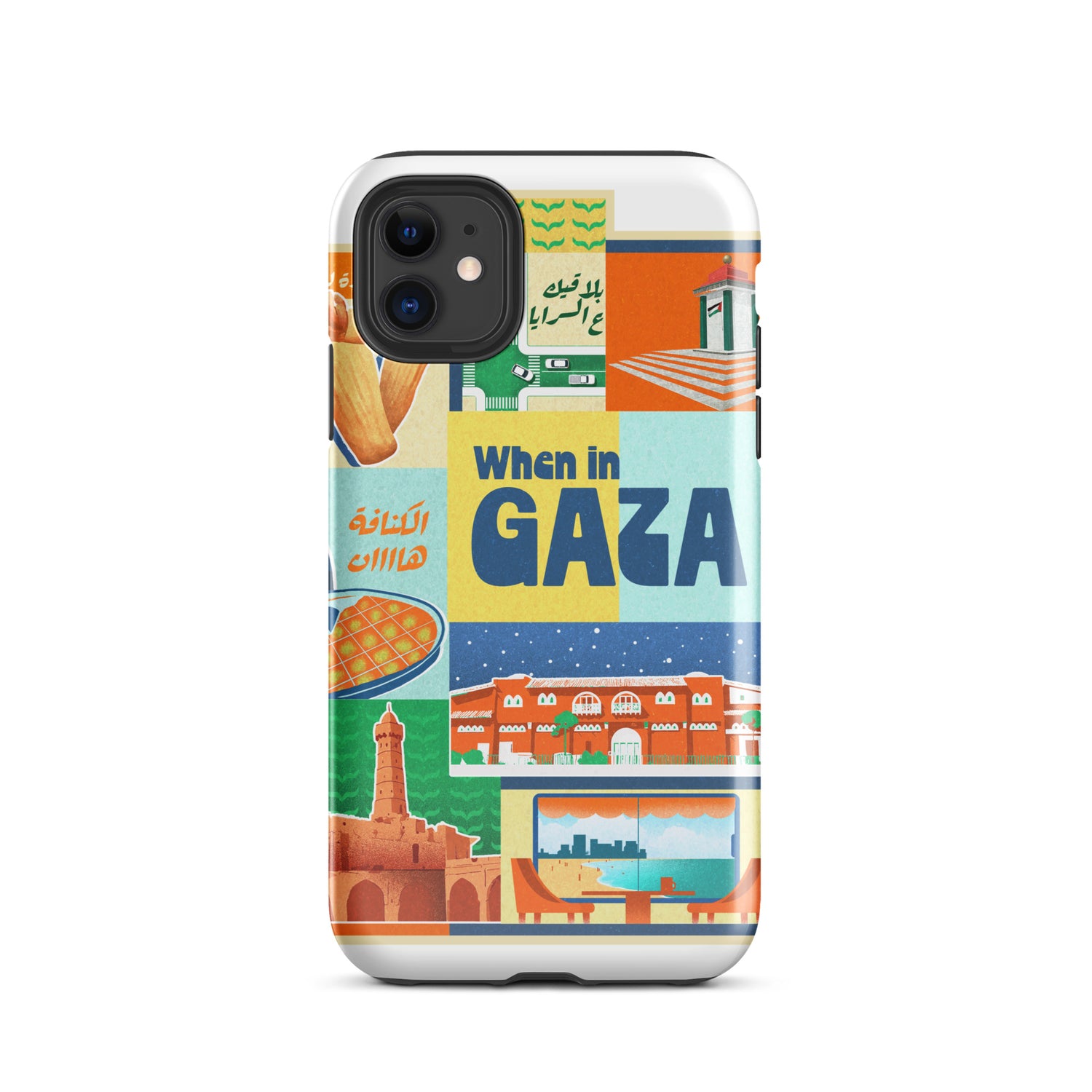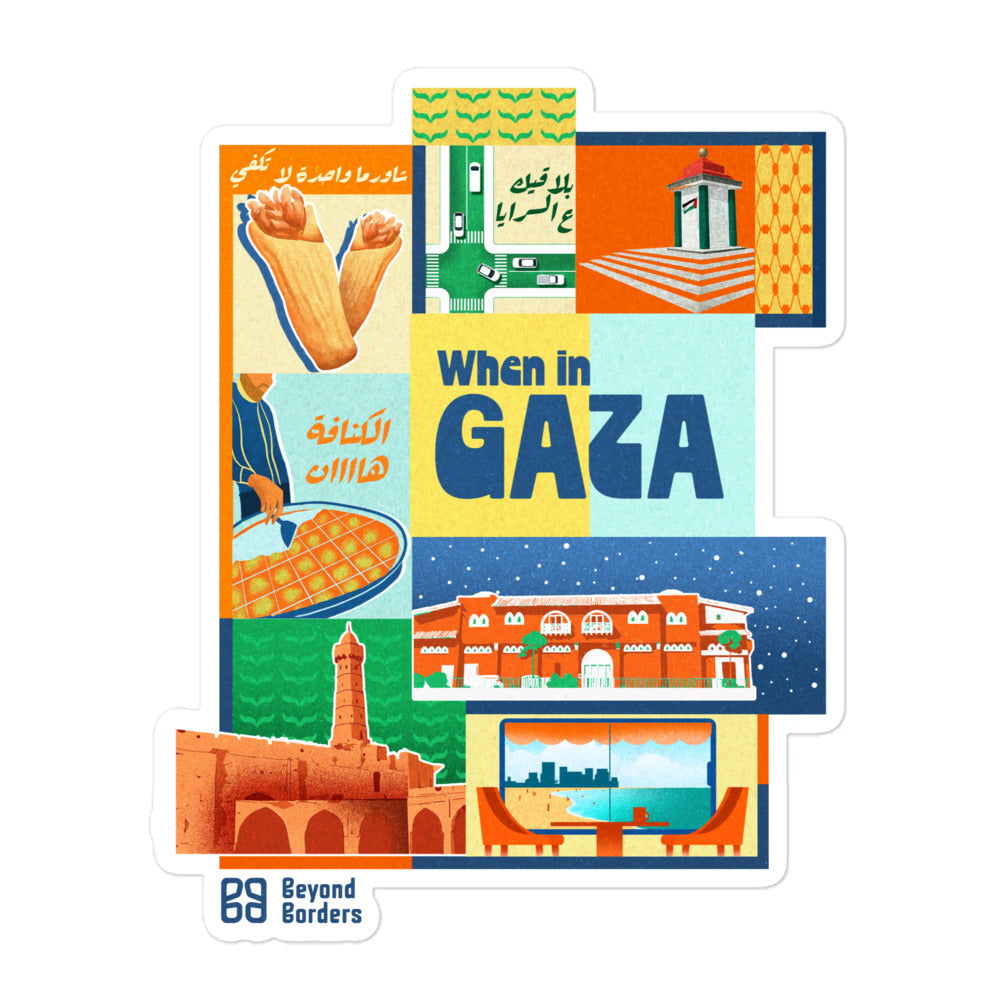Message of Victory and Gratitude:
To the brave people of Gaza. your courage, patience, and faith have inspired the world. Through unimaginable pain, you have shown what it means to stand tall and never give up. Today, we honor your victory not just of survival, but of spirit, unity, and resistance. Gaza, your voice echoes beyond borders. 🌿🇵🇸

For Those Who Dare Beyond.
SHOP NOWThis artwork, “Gaza Still Here”, celebrates the strength, resilience, and unbreakable spirit of the people of Gaza. Despite the devastation and suffering brought by war, Gaza rises — still standing, still hopeful, still here.
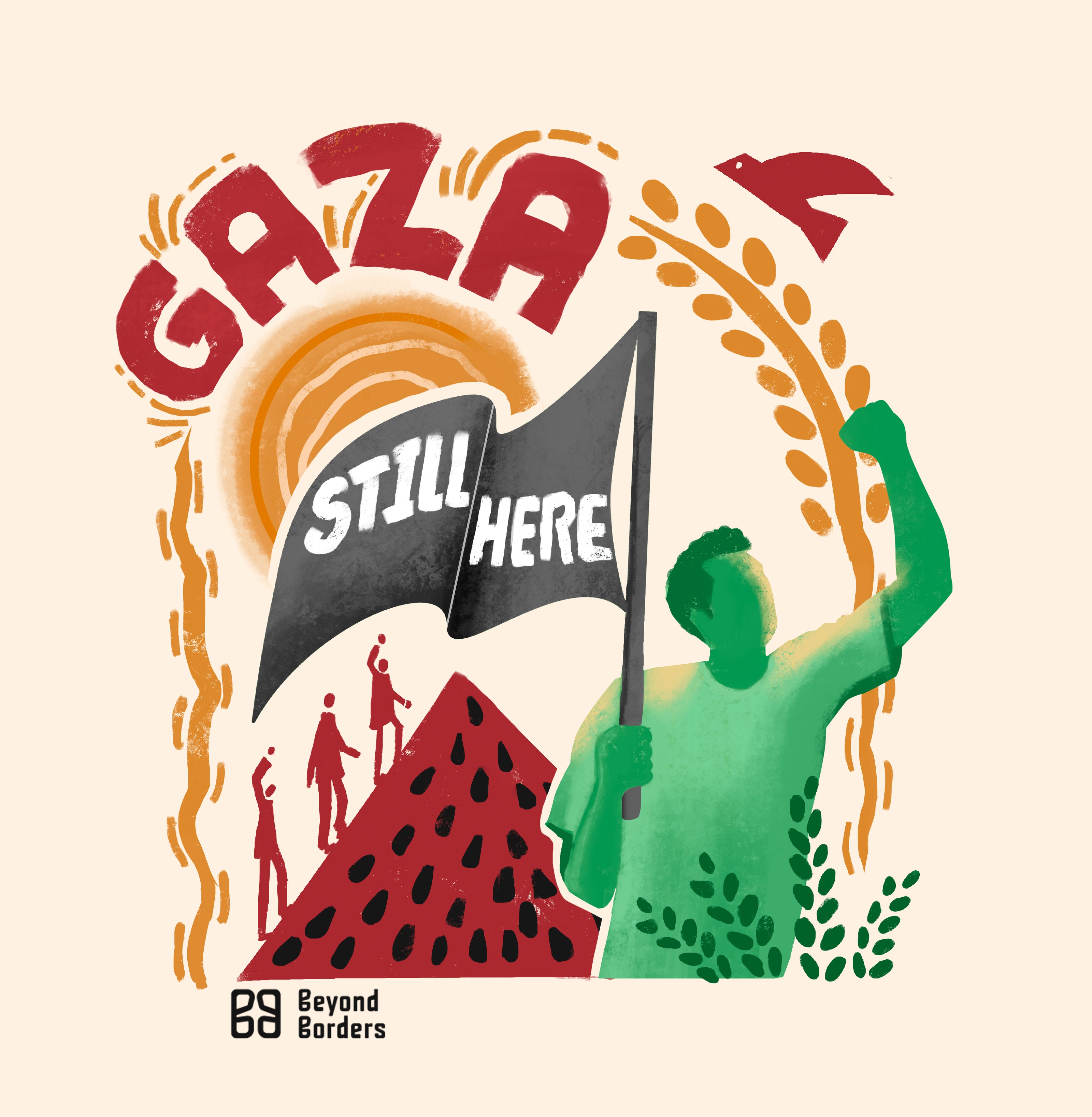
Unisex cotton sweatshirt
This powerful artwork titled “The Olive Trees Remember” reflects the deep cultural and ecological connection between Palestine and its ancient olive trees.
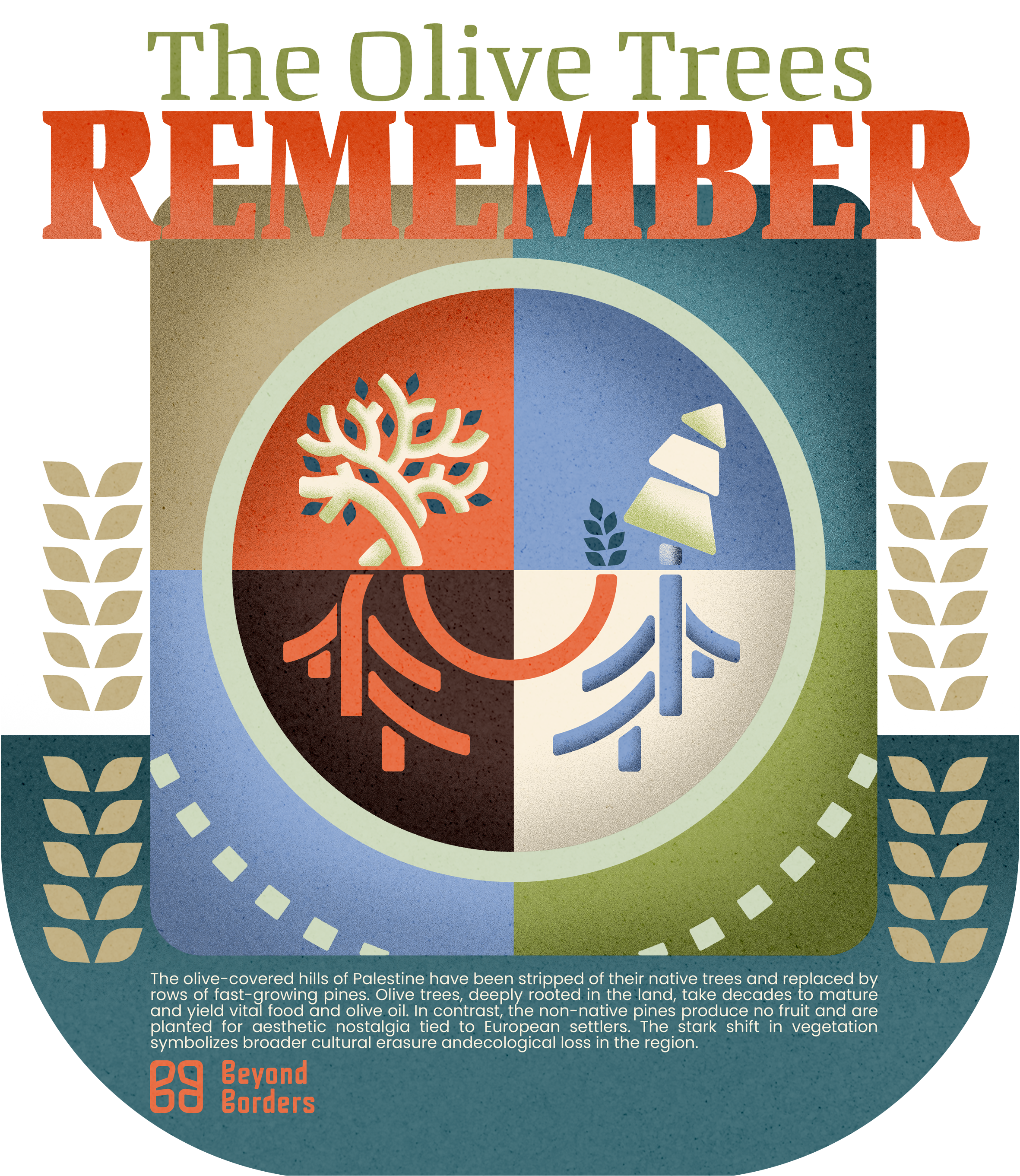
Unisex football jersey
This vibrant illustration blends nature and adventure, featuring a stylized figure stepping through lush thyme plants under a warm sun. Thyme, a herb deeply rooted in Palestinian culture and cuisine, symbolizes heritage and resilience, while the phrase “Into the Thymes” invites viewers to explore and connect with Palestine’s rich traditions beyond borders.
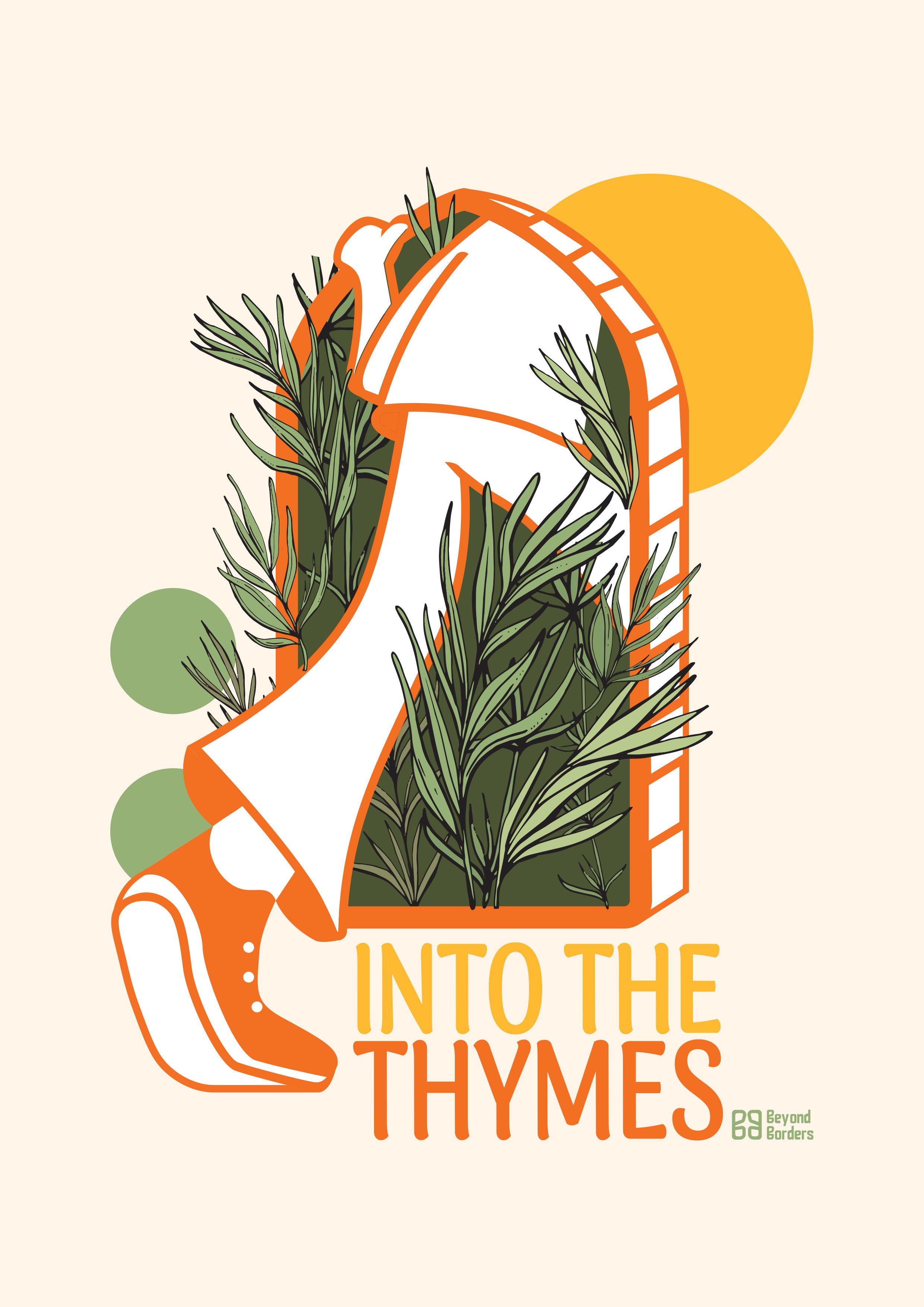
Unisex Sporty Jersey
Introducing "Faqqua Bloom" a new design celebrating the rare "Faqqua Iris" as a vibrant symbol of Palestinian heritage and resilience.
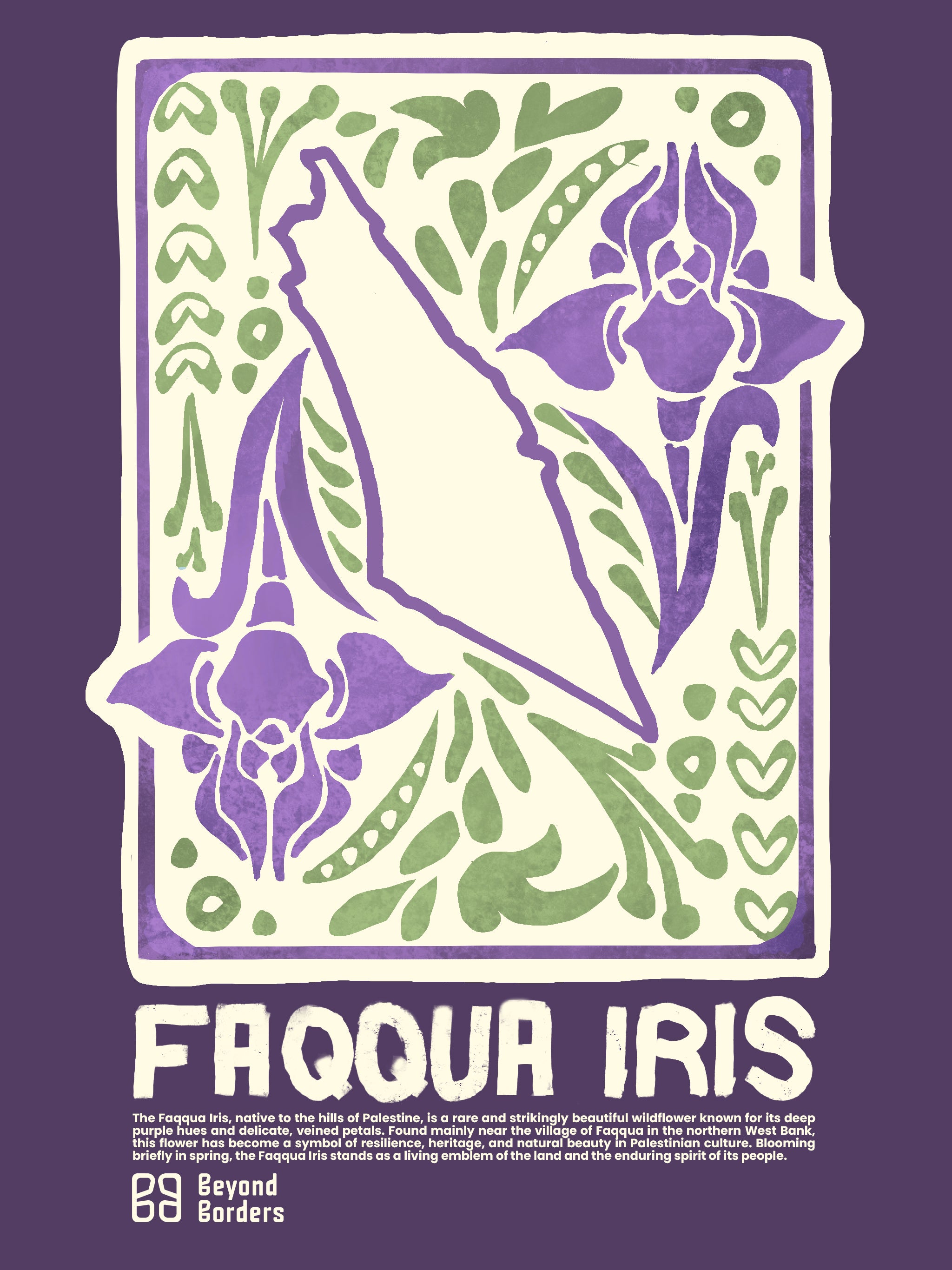
Unisex hockey fan jersey
Experience Innovation: New Unique Product Available Now!
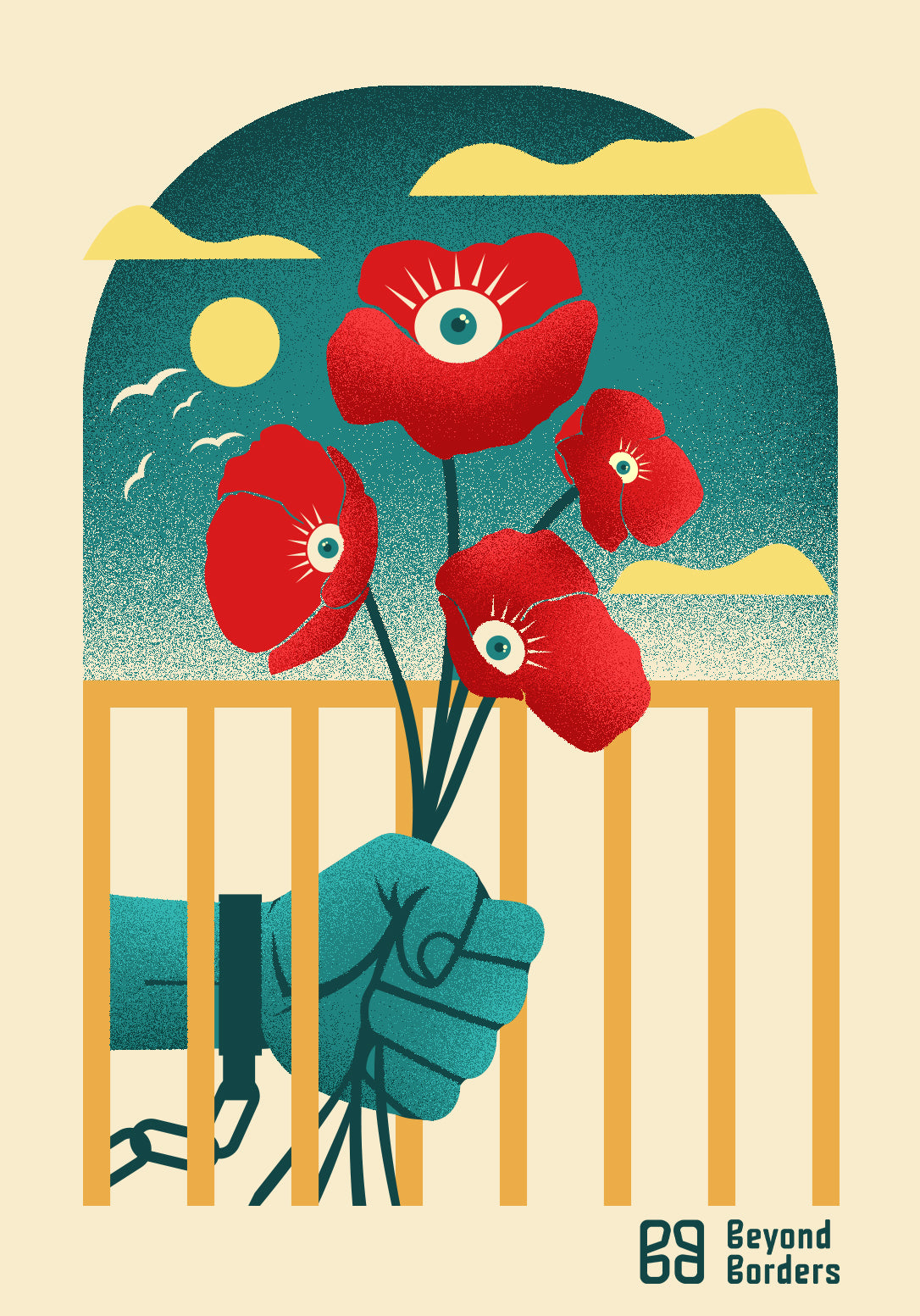
Unisex hockey fan jersey
-
Women’s heavyweight boxy tee
Vendor:Beyond BordersRegular price €34,95 EURRegular priceUnit price / per -
Men's classic tee
Vendor:Beyond BordersRegular price €30,95 EURRegular priceUnit price / per -
Women's oversized t-shirt
Vendor:Beyond BordersRegular price €30,95 EURRegular priceUnit price / per -
Women's unique T-Shirt
Vendor:Beyond BordersRegular price €30,95 EURRegular priceUnit price / per -
Unisex Denim Hat
Vendor:Beyond BordersRegular price €25,95 EURRegular priceUnit price / per -
Muscle Shirt
Vendor:Beyond BordersRegular price €25,95 EURRegular priceUnit price / per
-
Women’s heavyweight boxy tee
Regular price €34,95 EURRegular priceUnit price / per -
Unisex Poppy Denim Hat
Regular price €25,95 EURRegular priceUnit price / per -
Men's classic tee
Regular price €30,95 EURRegular priceUnit price / per -
Eco Tote Bag
Regular price €25,95 EURRegular priceUnit price / per -
Women's oversized t-shirt
Regular price €30,95 EURRegular priceUnit price / per -
Women's unique T-Shirt
Regular price €30,95 EURRegular priceUnit price / per
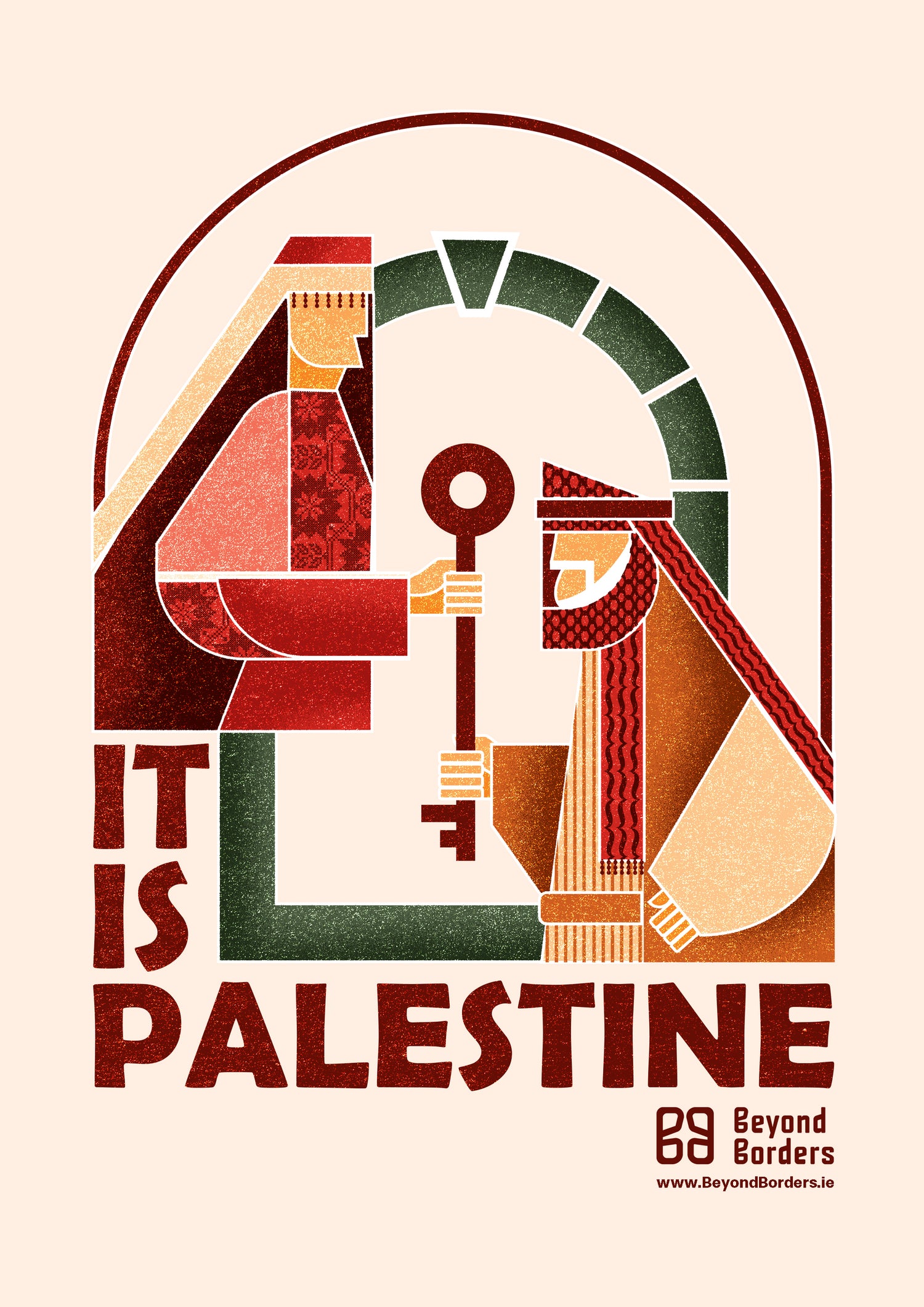
Return
This powerful, stylized artwork shows a symbolic handover of a key—often representing the right of return for Palestinian refugees. The geometric, traditional attire of both figures emphasizes cultural heritage and unity. Framed within an arch, the image evokes the architecture of old Palestine. The bold phrase “It Is Palestine” reaffirms identity and belonging, while the key—a historical symbol of homes lost in the Nakba—passes from one generation to another, preserving the narrative. The muted reds, greens, and earth tones reflect Palestinian national colors. The piece is credited to Beyond Borders, reinforcing themes of resistance, memory, and identity.
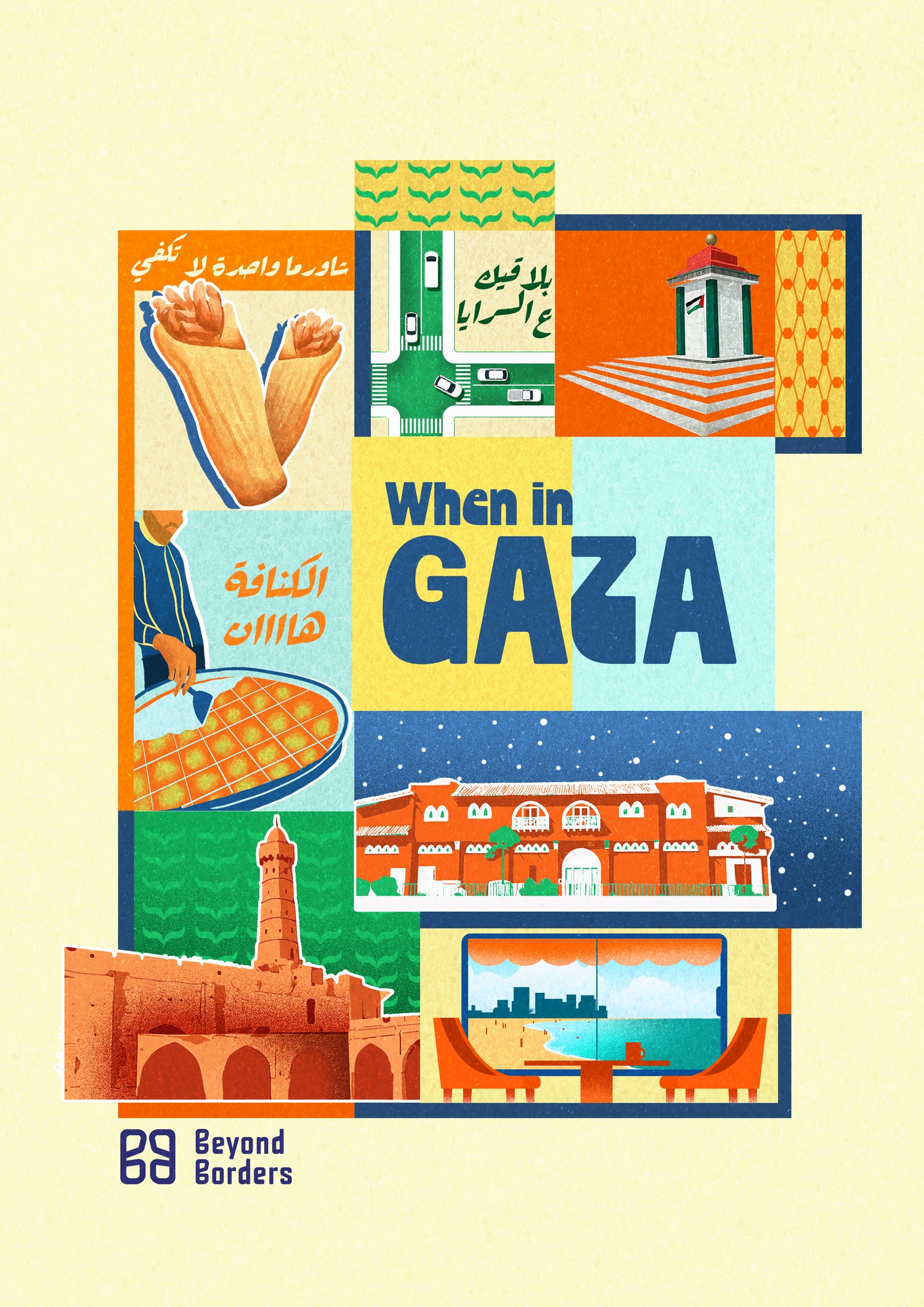
Vibrance
This artwork captures the vibrant spirit and everyday life of Gaza through a colorful, collage-like composition. Each panel highlights a different element of Gaza’s identity—from food staples like falafel and knafeh, to architectural landmarks, coastal views, and lively street scenes. The Arabic phrases celebrate local culture with playful familiarity (“One sandwich is not enough!”), evoking a warm, communal energy. The phrase "When in Gaza" anchors the piece, inviting viewers to see Gaza beyond the conflict—as a place of life, culture, and resilience. The design, again by Beyond Borders, radiates pride and nostalgia wrapped in joyful colors.
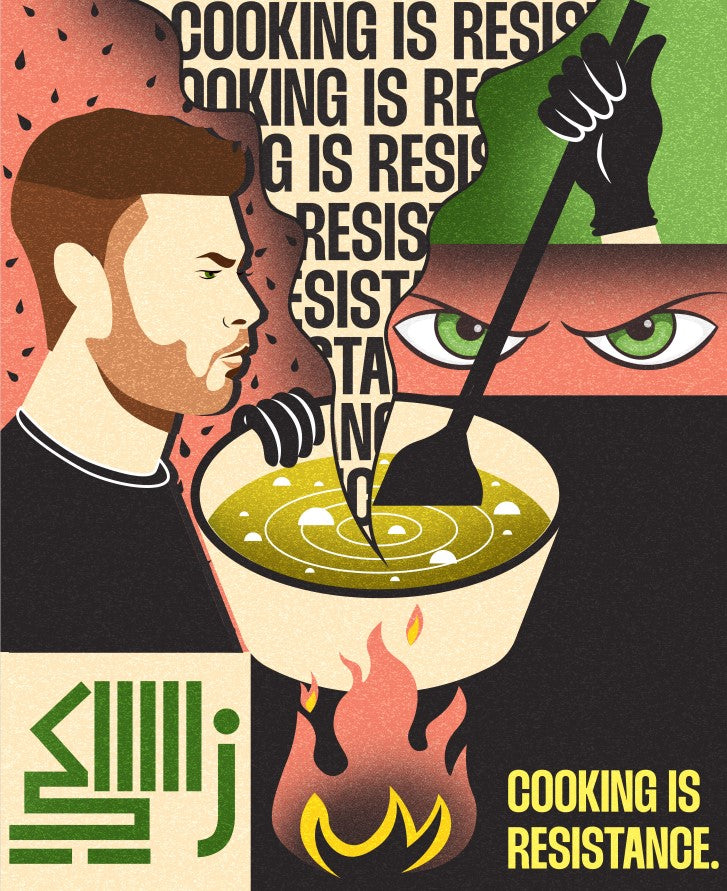
Defiance
This bold and expressive artwork uses powerful symbolism to frame cooking as an act of cultural resistance. Centered is Hamada Sho, a renowned Gazan Palestinian chef, depicted with intense focus as he prepares food under a watchful, defiant gaze—embodied in the eyes behind a keffiyeh, echoing the colors of the Palestinian flag. The repeated phrase “COOKING IS RESISTANCE” amplifies the message: that preserving culture through food is a form of protest and resilience in the face of occupation and erasure. The bowl being stirred almost like a battlefield, with the word “NO” symbolically inscribed, further enforces the spirit of refusal and endurance. The watermelon seed texture behind Hamada subtly nods to the fruit's symbolism in Palestinian identity. Visually gripping and politically charged, the design is a striking statement on food as heritage, identity, and rebellion.
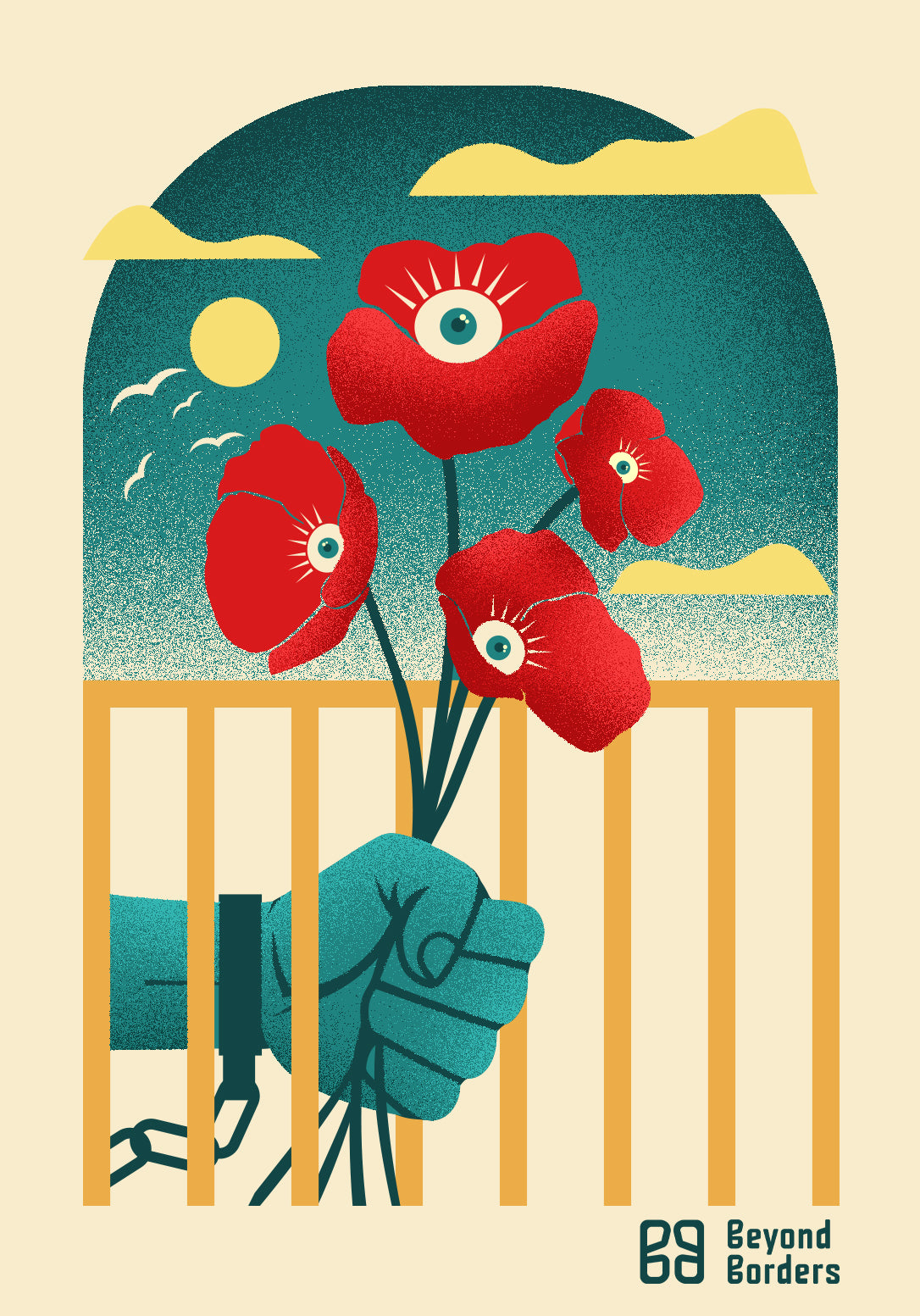
Eyes of Resistance
In this striking illustration, a shackled hand emerges from behind prison bars, defiantly gripping a bouquet of vivid red poppies—each flower bearing a single eye at its center. The poppies pierce through the confinement, reaching toward a hopeful sky filled with birds and light, symbolizing a longing for freedom and peace. The eyes within the petals represent unbroken vigilance, awareness, and the enduring spirit of resistance, even under oppression. Despite captivity, the hand offers beauty, truth, and a demand to be seen.
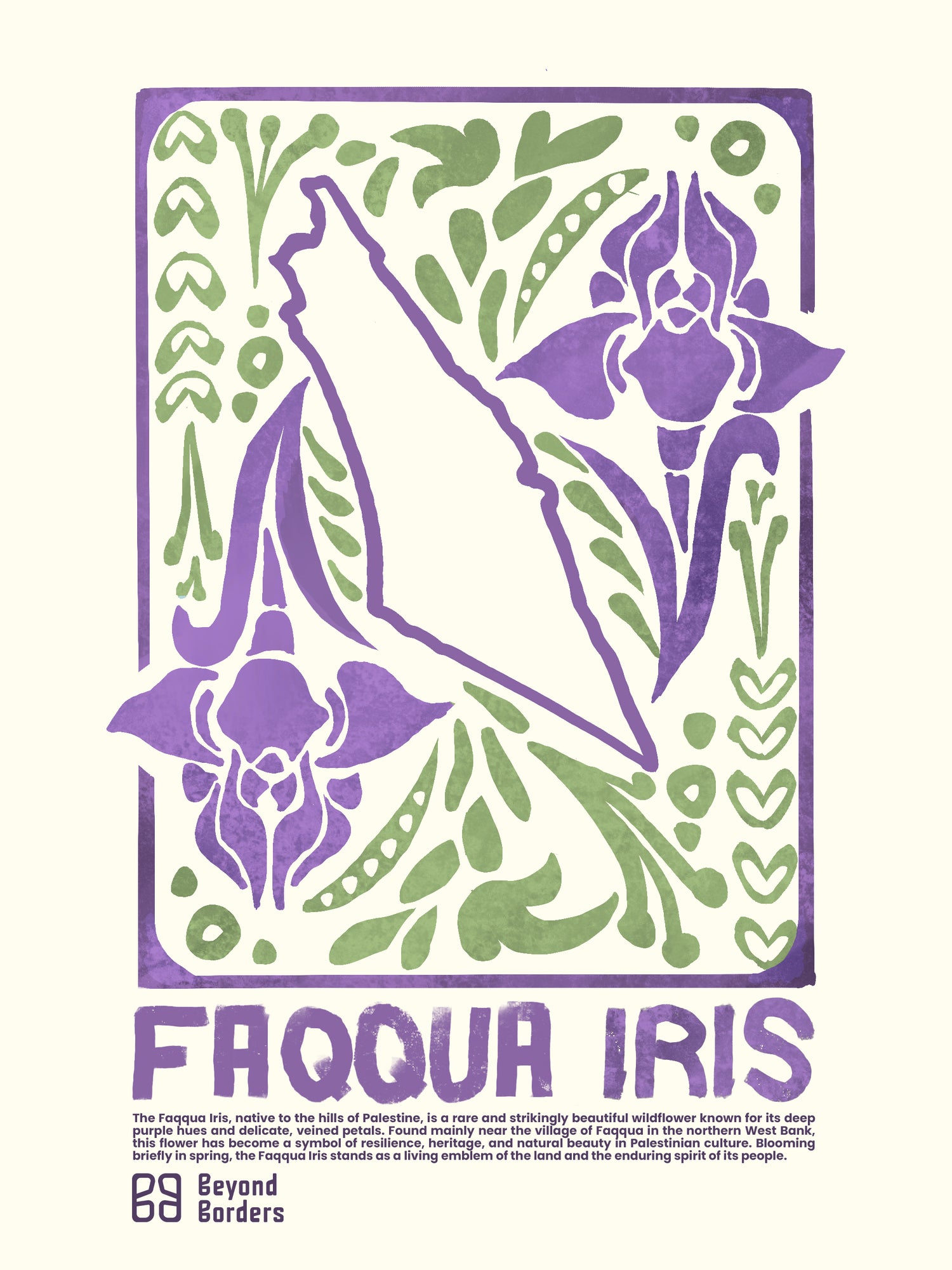
FAQQUA IRIS
"Faqqua Bloom" pays heartfelt homage to the native Faqqua Iris, a rare and enchanting wildflower that grows in the northern hills of Palestine, near the village of Faqqua in the West Bank. Revered for its deep purple hues and delicately veined petals, this flower emerges briefly each spring, a fleeting yet powerful reminder of the land’s enduring beauty and spirit.
This design features stylized depictions of the Faqqua Iris gracefully interwoven with the outline of historic Palestine, creating a bold yet elegant composition that evokes both natural grace and cultural strength. Every curve and color in the piece tells a story—of resilience rooted in the soil, of heritage passed down through generations, and of a people whose identity blooms even in the face of adversity.
Beyond its aesthetic value, "Faqqua Bloom" symbolizes the unbreakable connection between nature and national identity. Just as the iris withstands the rocky terrain and blossoms defiantly, so too do the people of Palestine continue to flourish, preserve, and express their cultural legacy. The design draws inspiration from traditional Palestinian art forms while offering a modern reinterpretation—blending the past and present into a unified visual narrative.
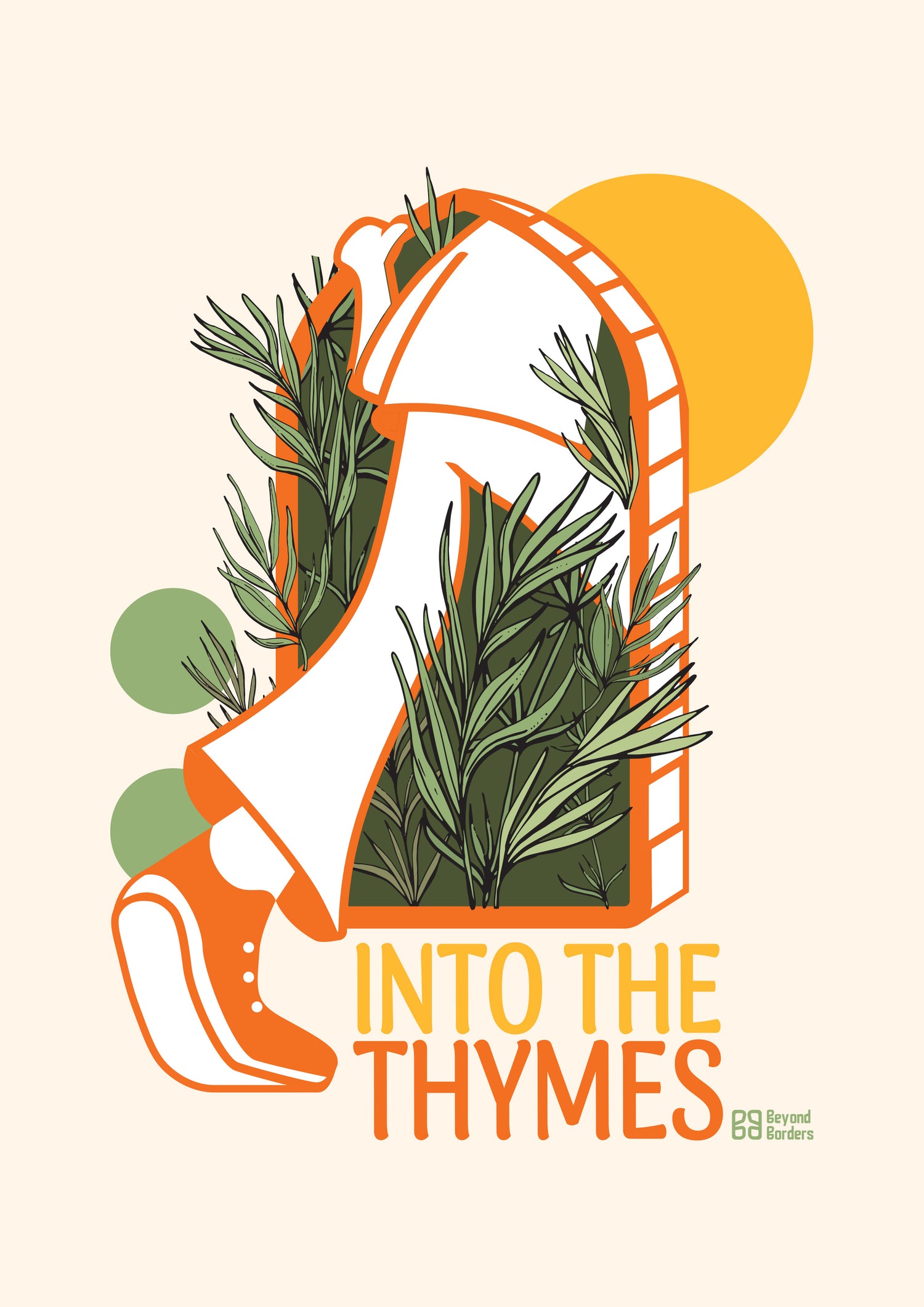
INTO THE THYMES
"Into The Thymes"
This design presents a vibrant and symbolic illustration of a person stepping confidently through an arch framed by lush, detailed thyme plants, accompanied by the phrase "Into The Thymes". The warm oranges and yellows blend with earthy greens to create a harmonious palette that evokes both the beauty of nature and the warmth of cultural memory. Thyme (za’atar) is not only a beloved herb in Palestinian cuisine but also a profound cultural and national symbol. In Palestinian tradition, thyme represents the land’s fertility, the fragrance of the homeland, and the resilience of its people who have cultivated it for generations. It appears in family gardens, on breakfast tables, and in markets across villages and cities, connecting daily life to the earth itself.
By depicting a step “into the thymes,” the artwork speaks to the idea of returning home, walking into the heart of heritage, and reclaiming a bond with the land that transcends physical and political barriers. The accompanying phrase Beyond Borders reinforces the message of breaking free from imposed limits, carrying the spirit of Palestine wherever its people go. This design captures the intertwining of identity, culture, and nature, using the timeless symbol of thyme as a gateway to memory, belonging, and hope for the future of Palestine.
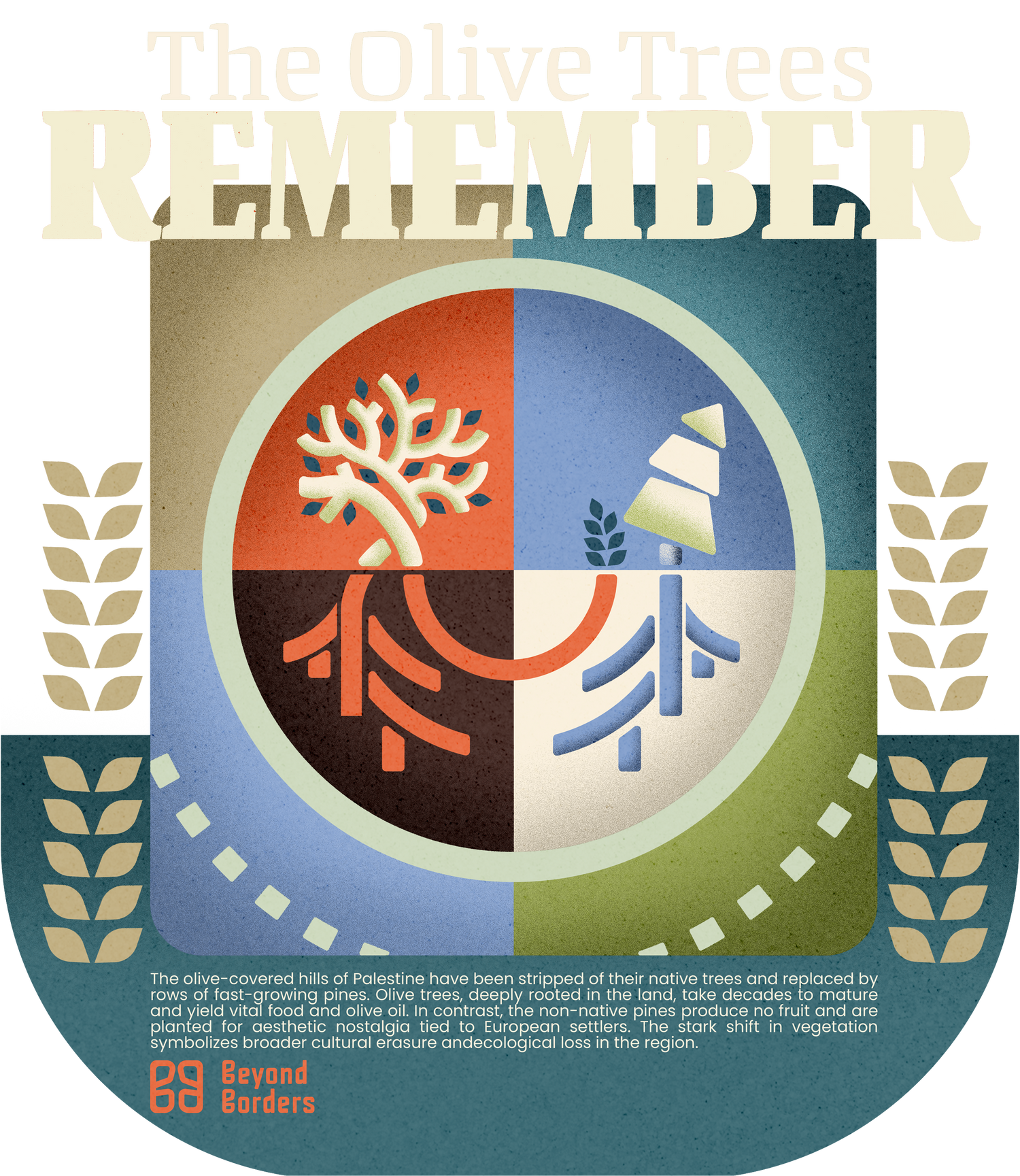
The Olive Trees Remember
This powerful artwork titled “The Olive Trees Remember” reflects the deep cultural and ecological connection between Palestine and its ancient olive trees. At the center, the design contrasts the enduring olive tree — a symbol of resilience, roots, and sustenance — with the non-native pine tree, which represents imposed change, erasure, and displacement. The circular composition is divided into four quadrants, balancing tradition against artificial replacement, while the surrounding wheat motifs emphasize the theme of land, harvest, and survival.
The text beneath grounds the visual in historical reality: the uprooting of native olive trees and their replacement with fast-growing pines that erase heritage and provide no sustenance. This loss, both cultural and ecological, is a reminder of resilience and resistance through memory, as olive trees carry the legacy of generations.
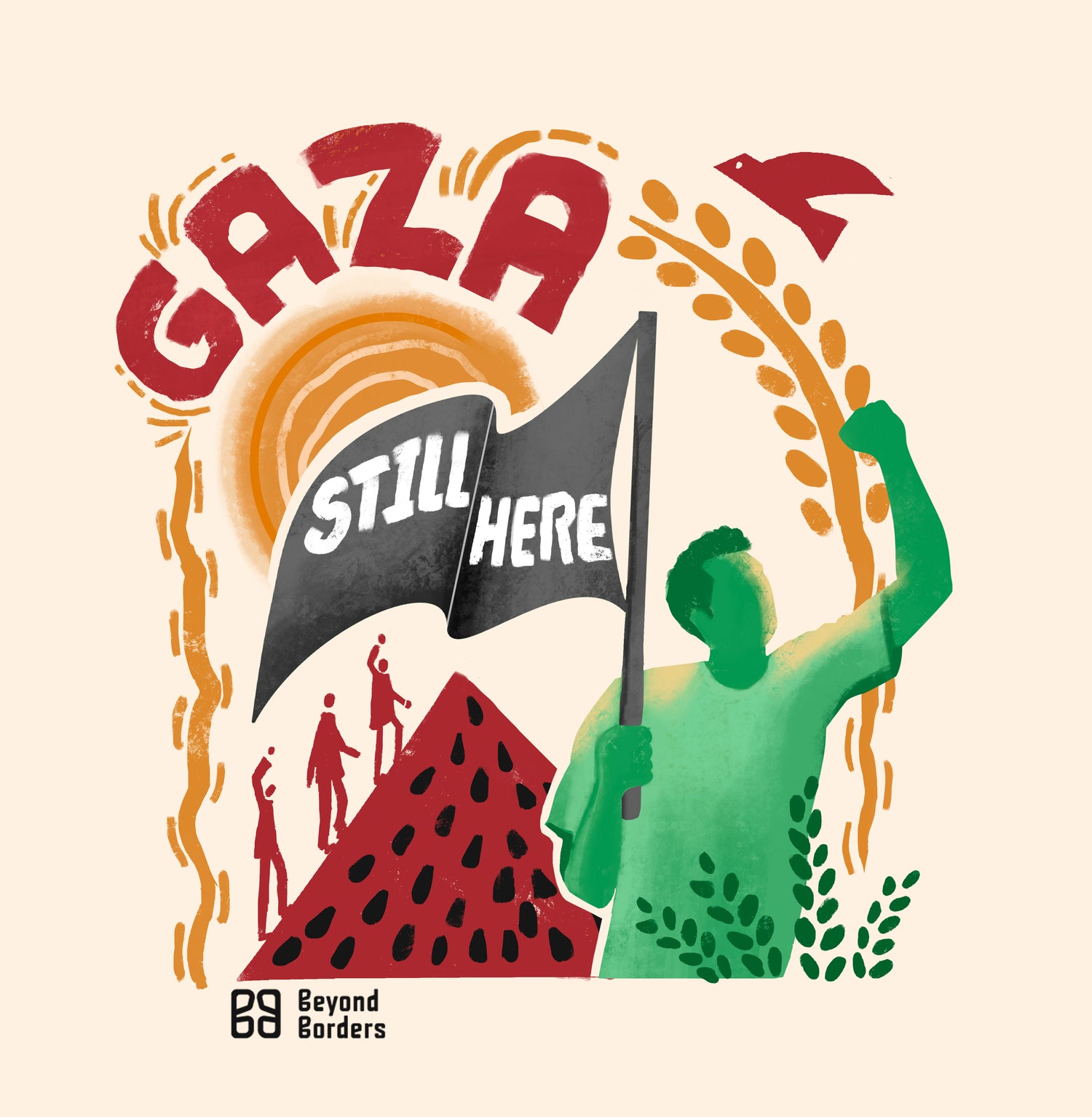
“Gaza Still Here”
This artwork, “Gaza Still Here”, celebrates the strength, resilience, and unbreakable spirit of the people of Gaza. Despite the devastation and suffering brought by war, Gaza rises — still standing, still hopeful, still here. The raised flag symbolizes victory and pride, while the bright colors and natural elements reflect life, unity, and the enduring hope for peace.
